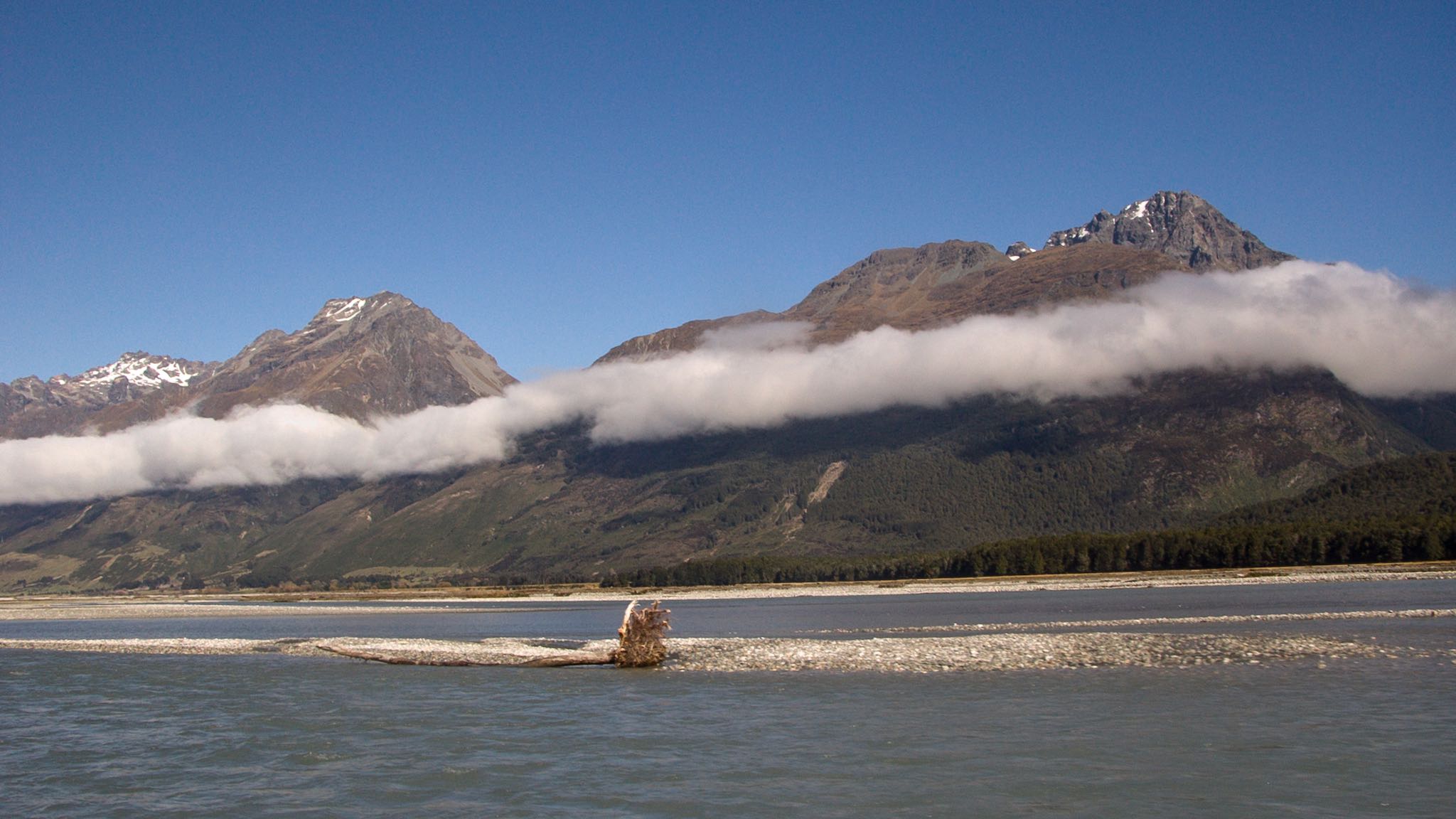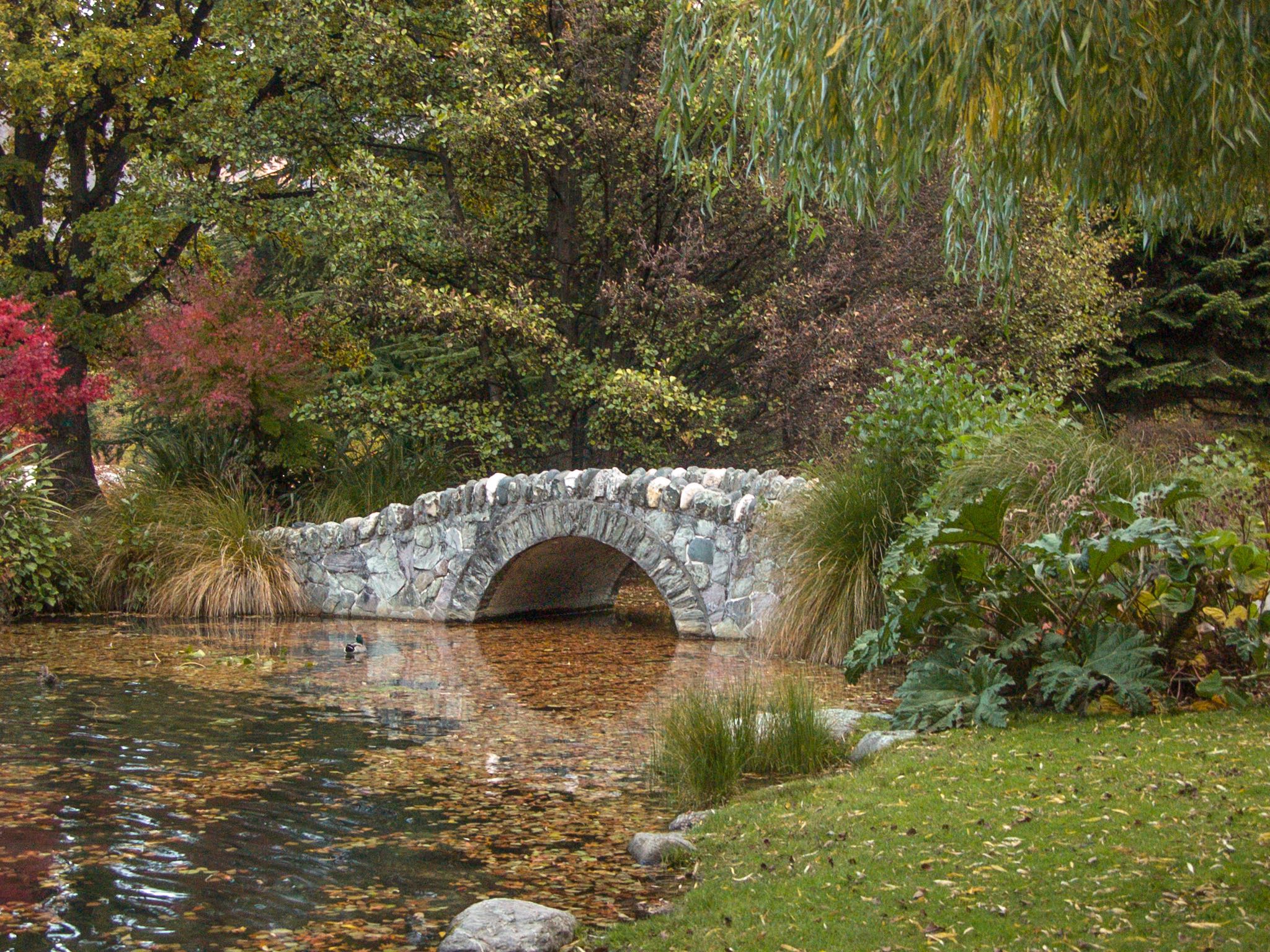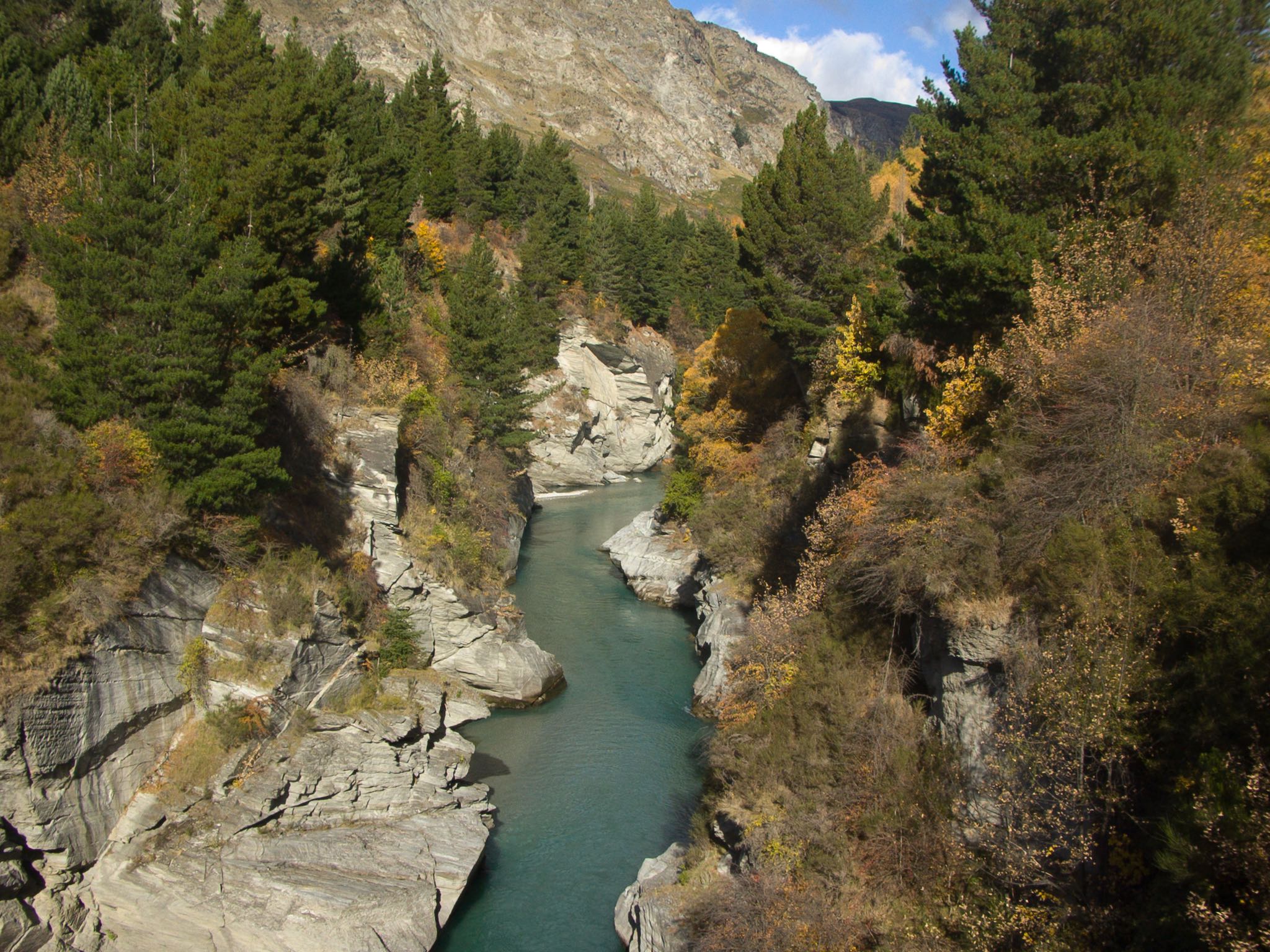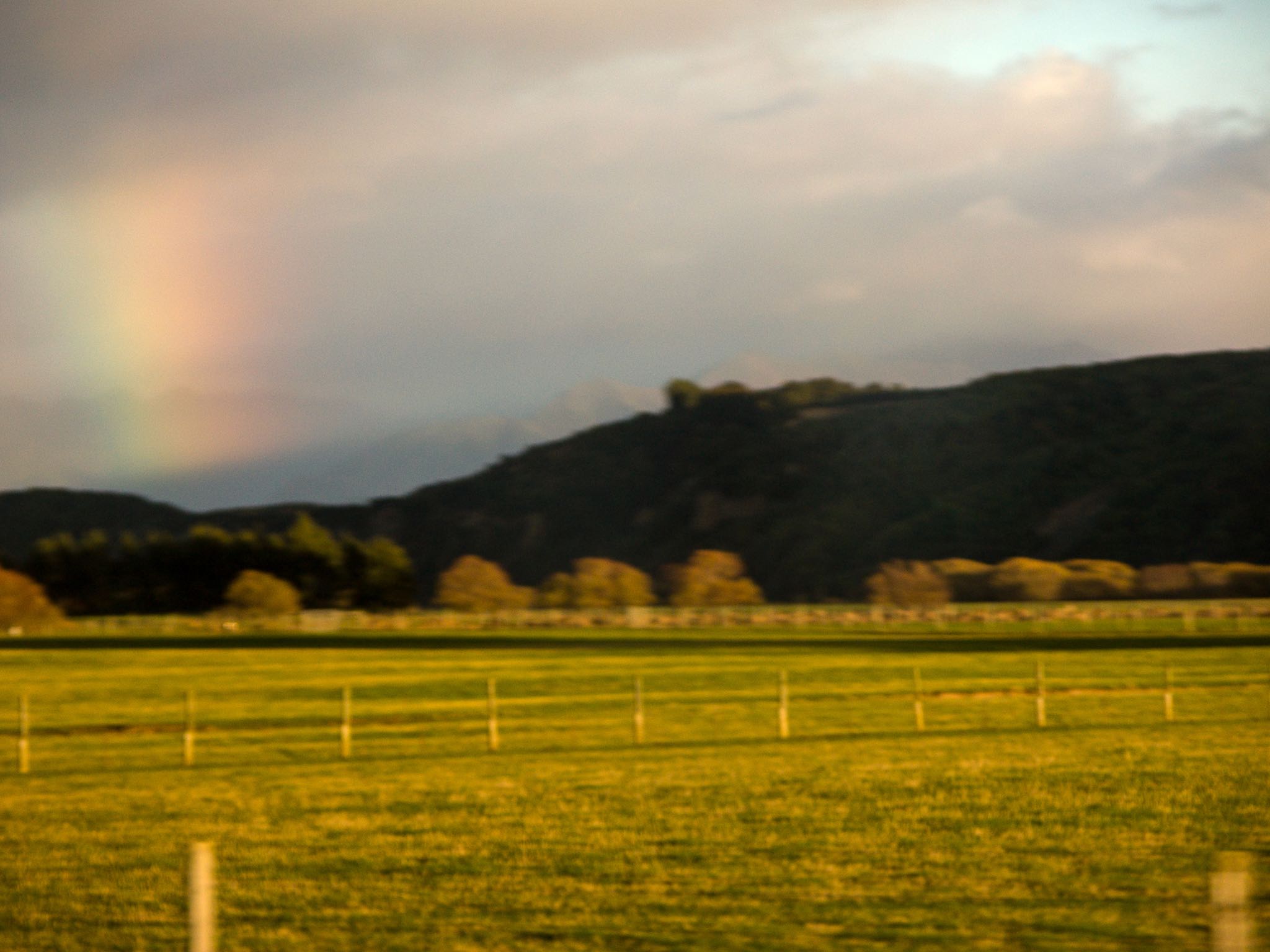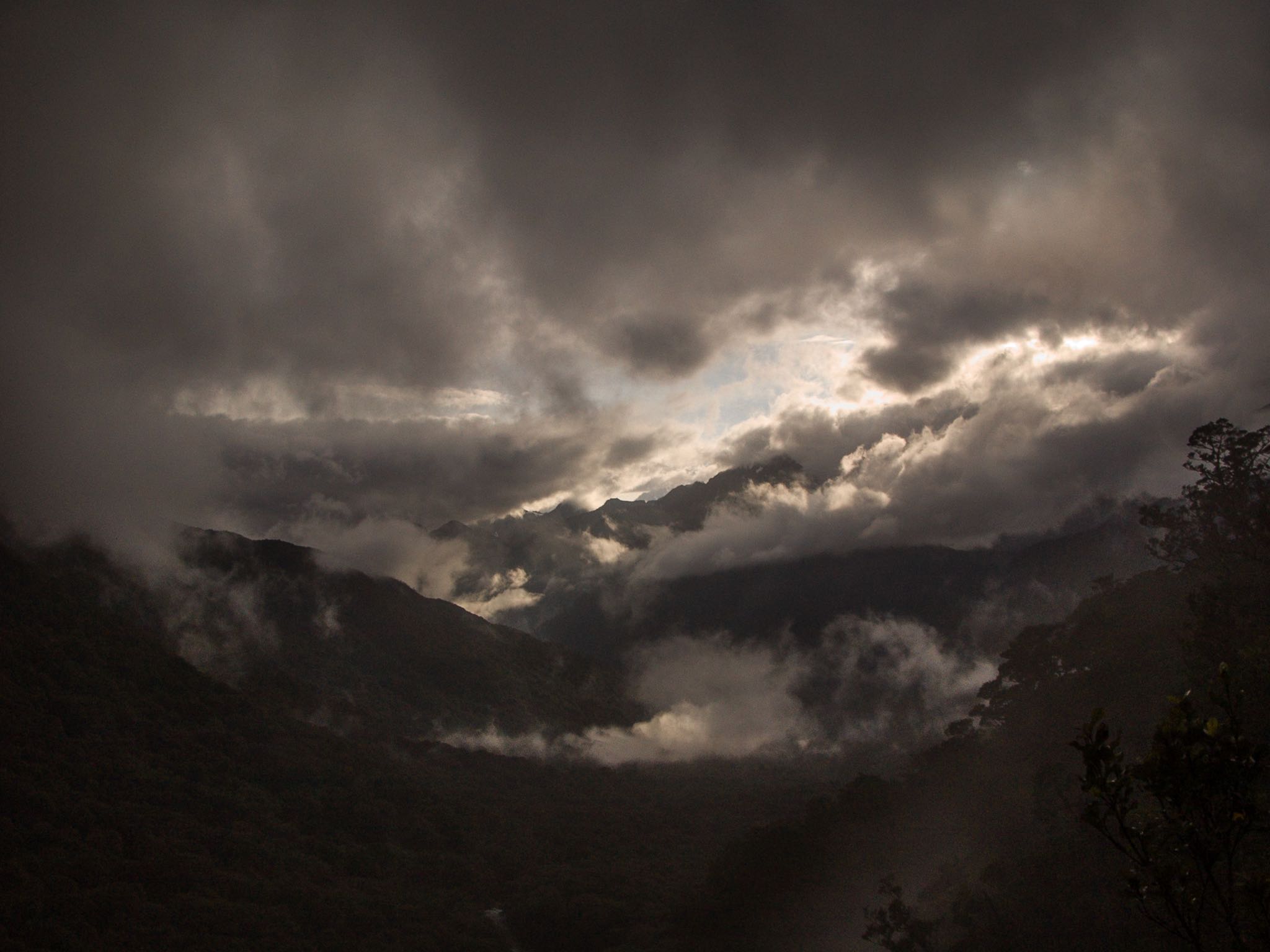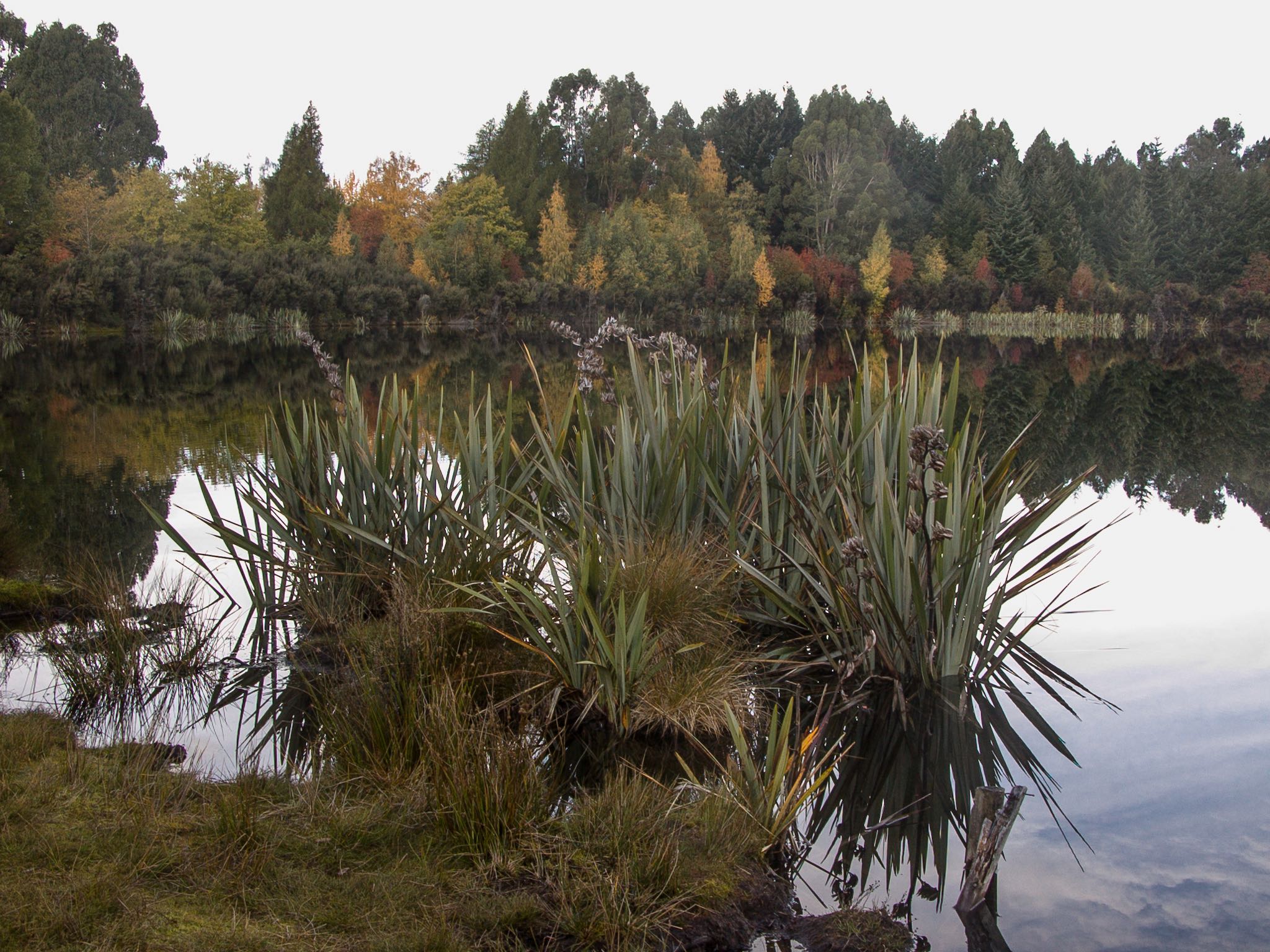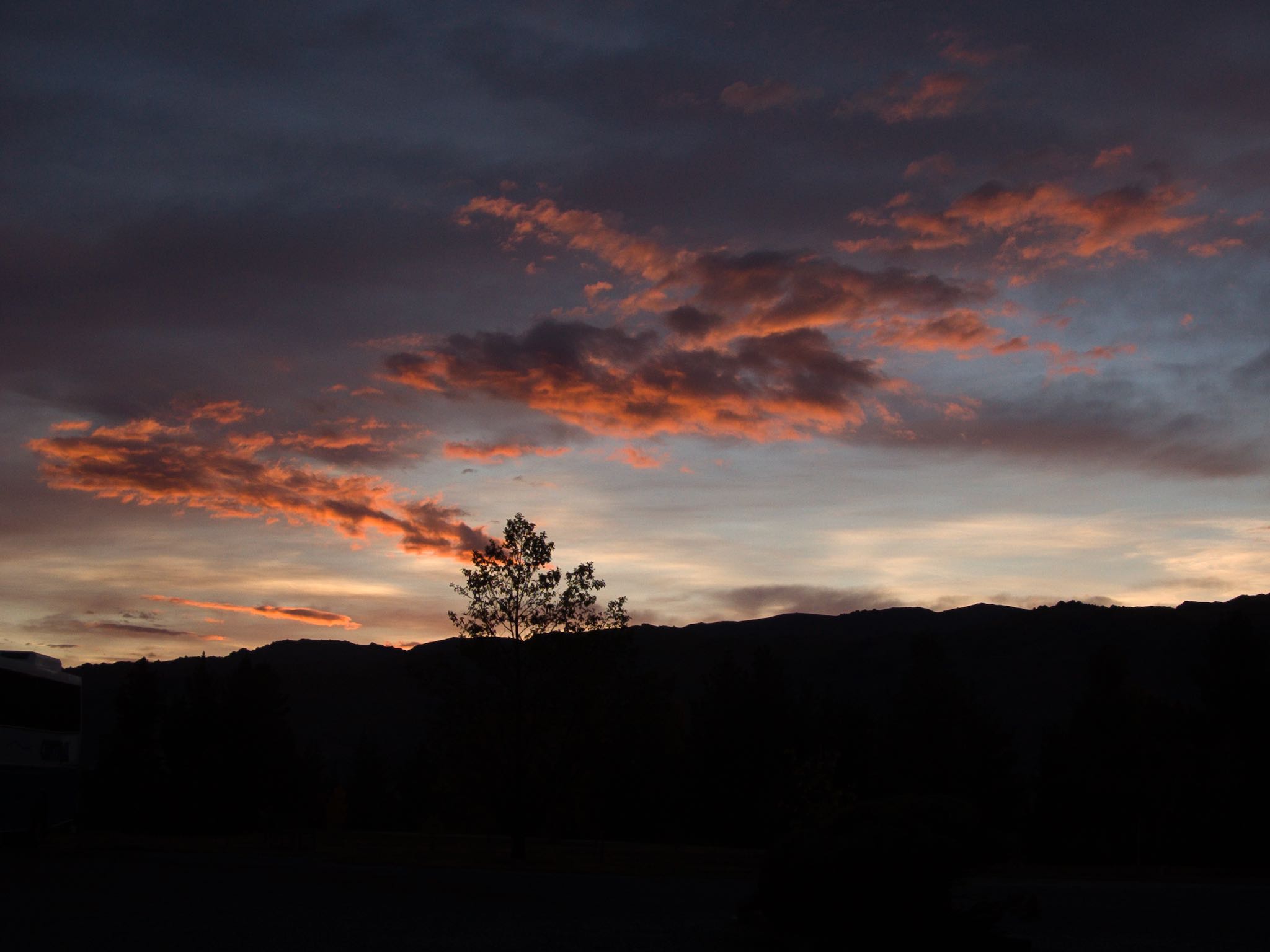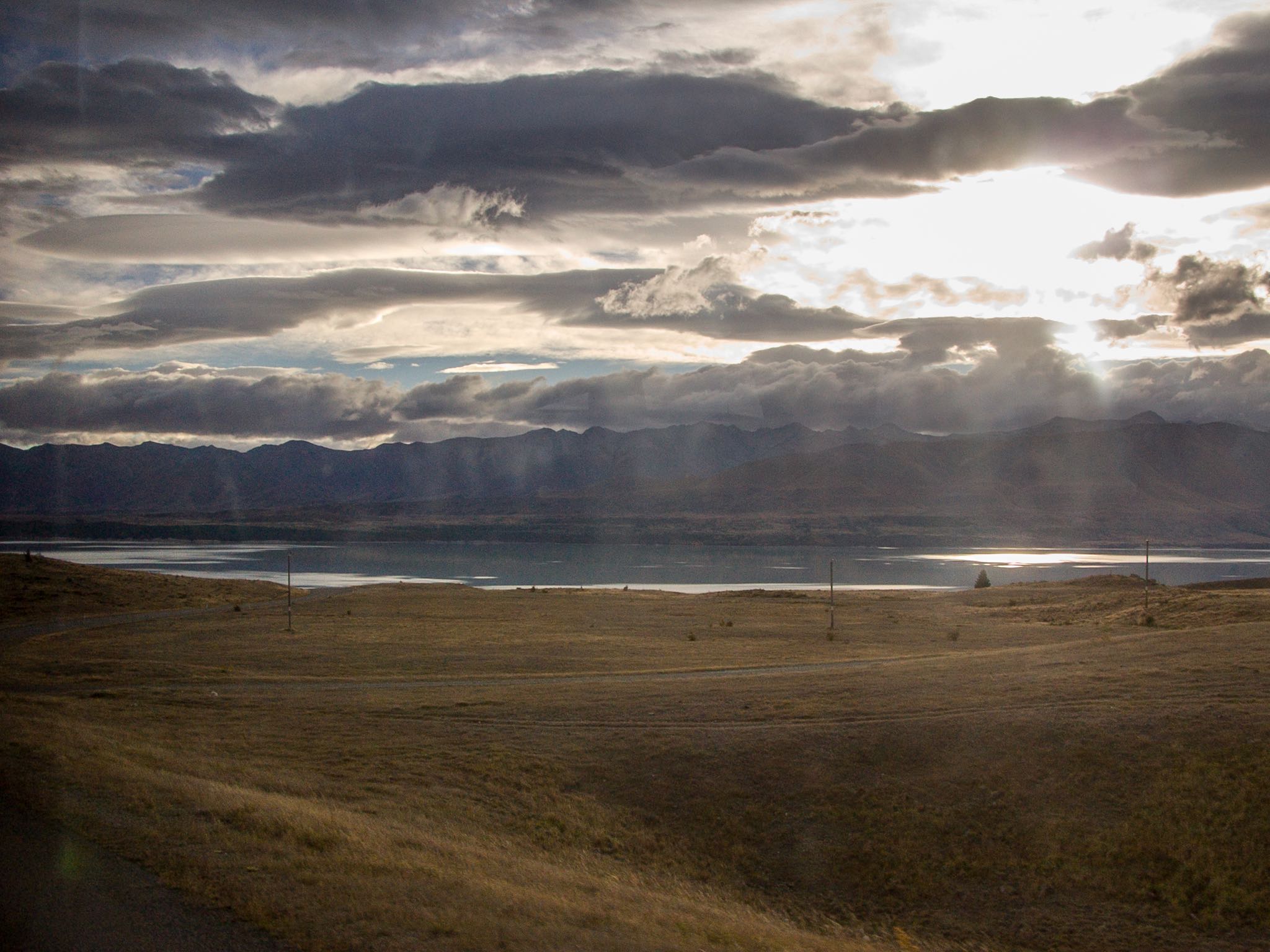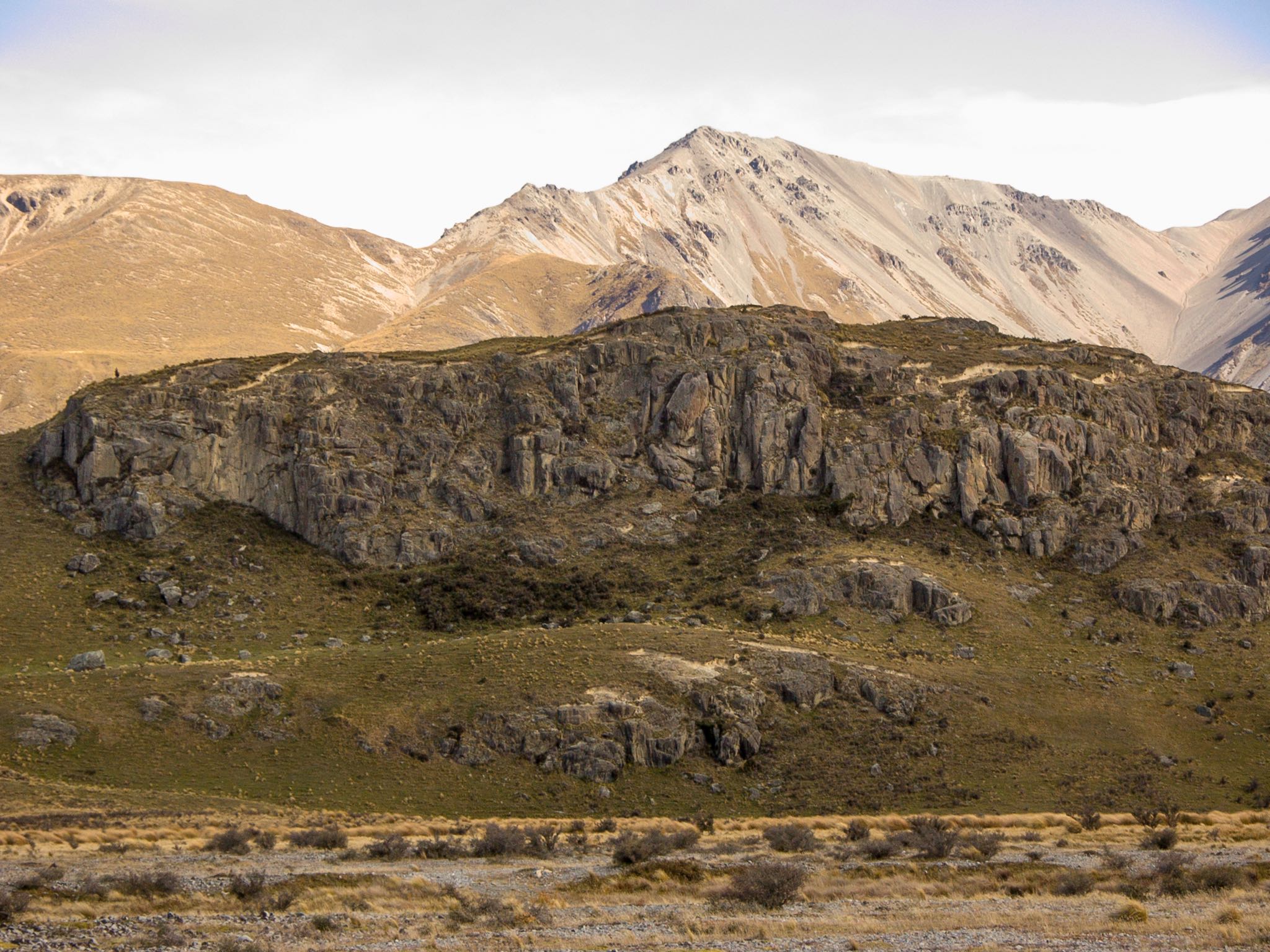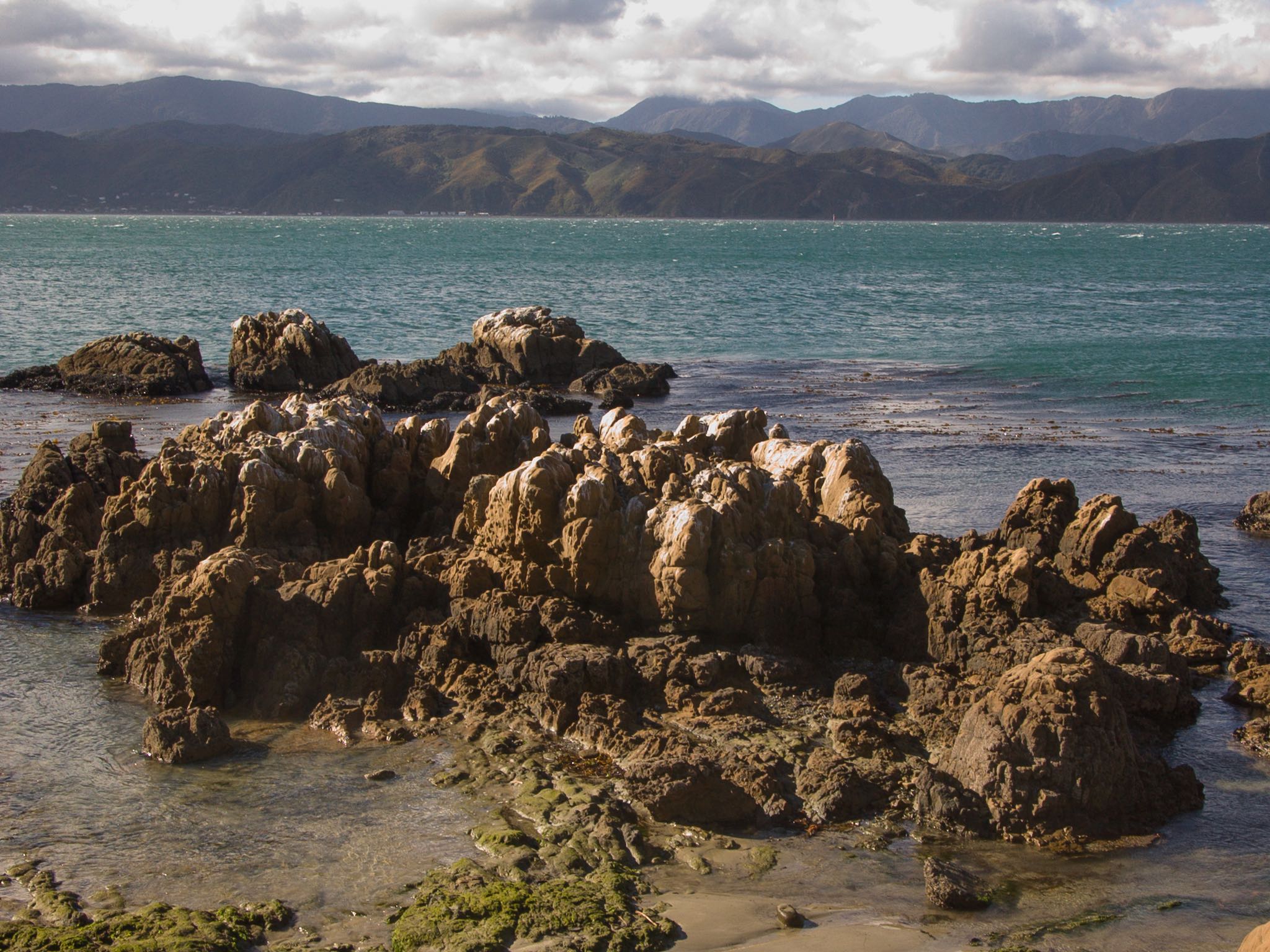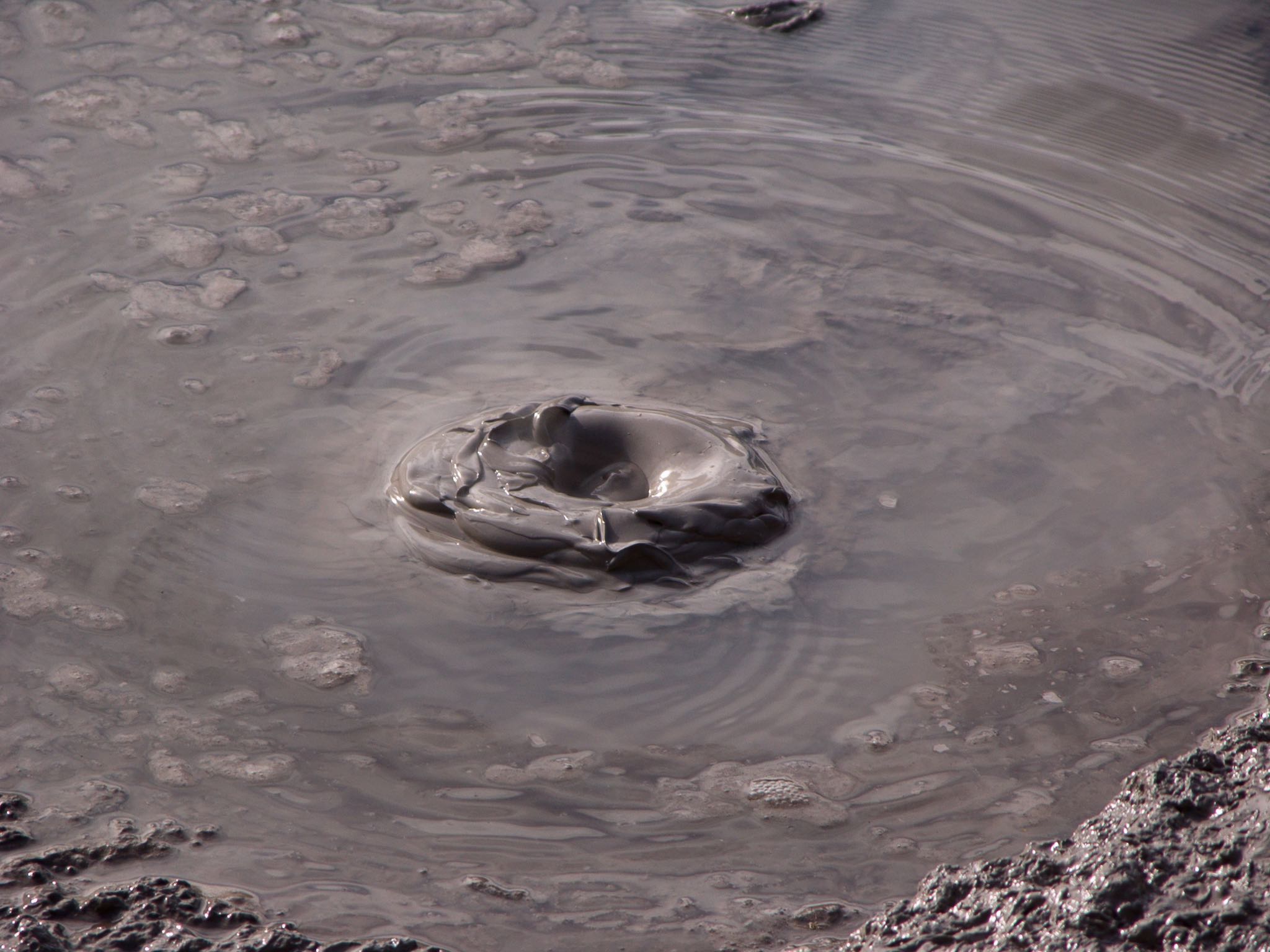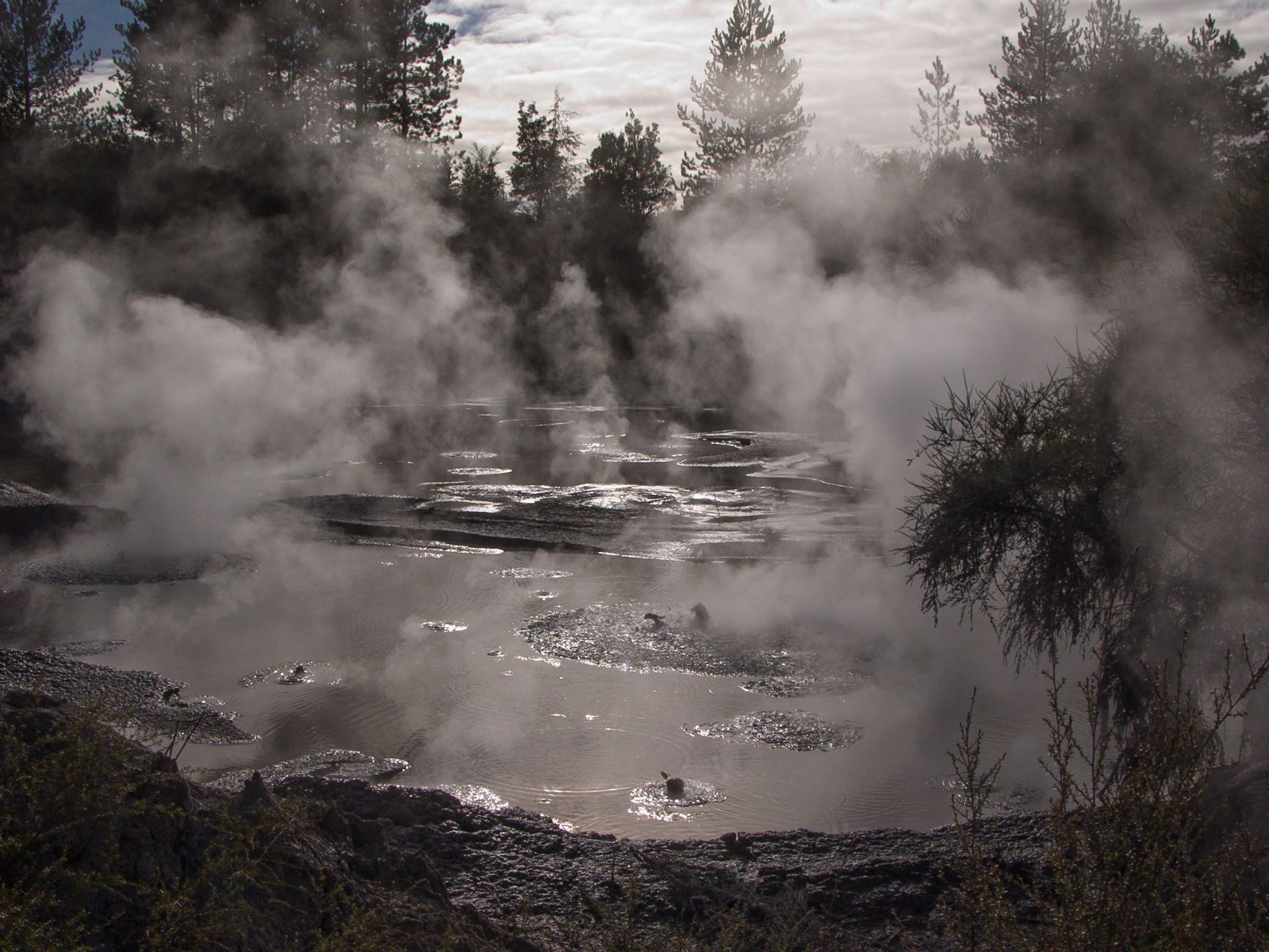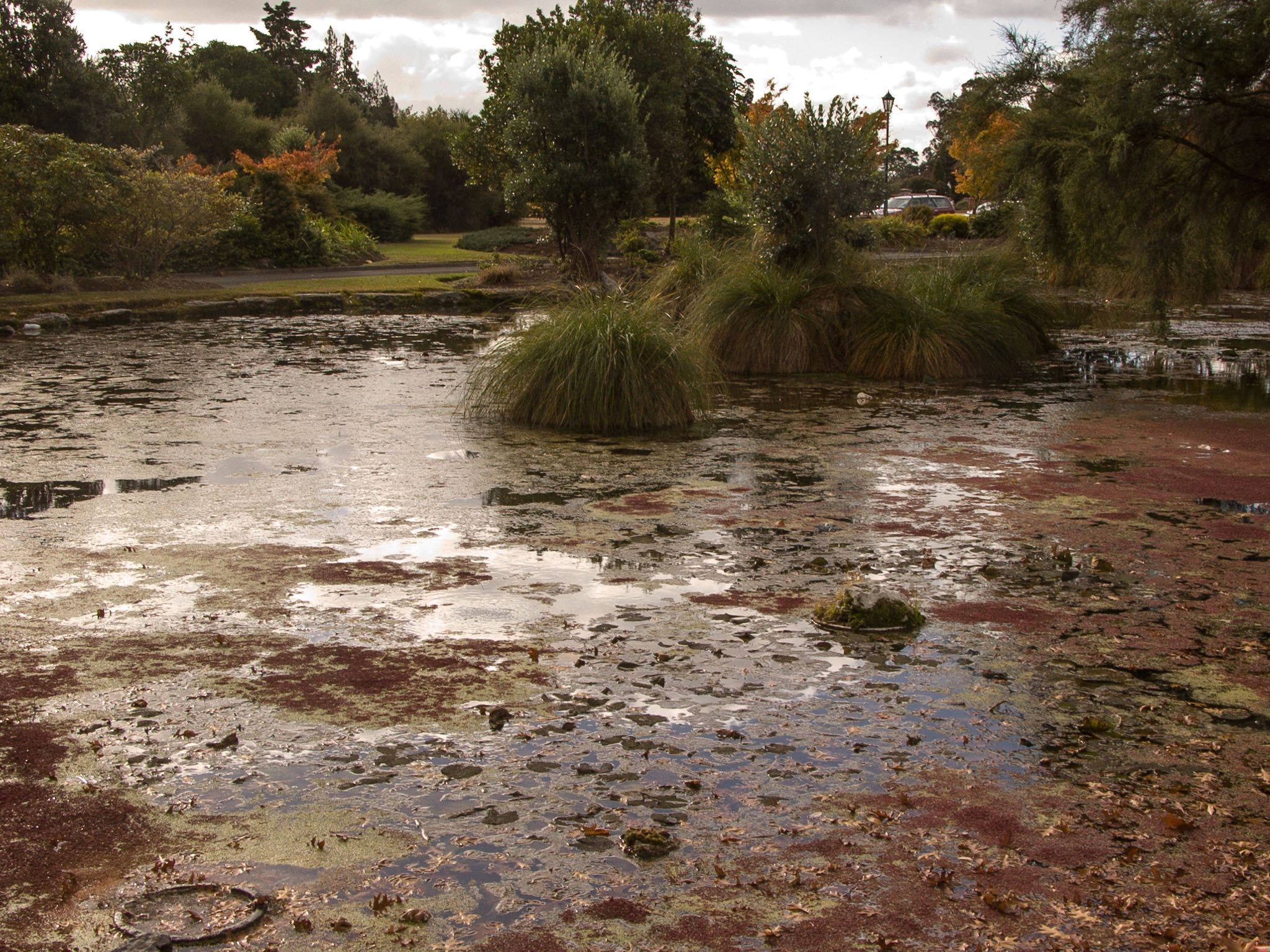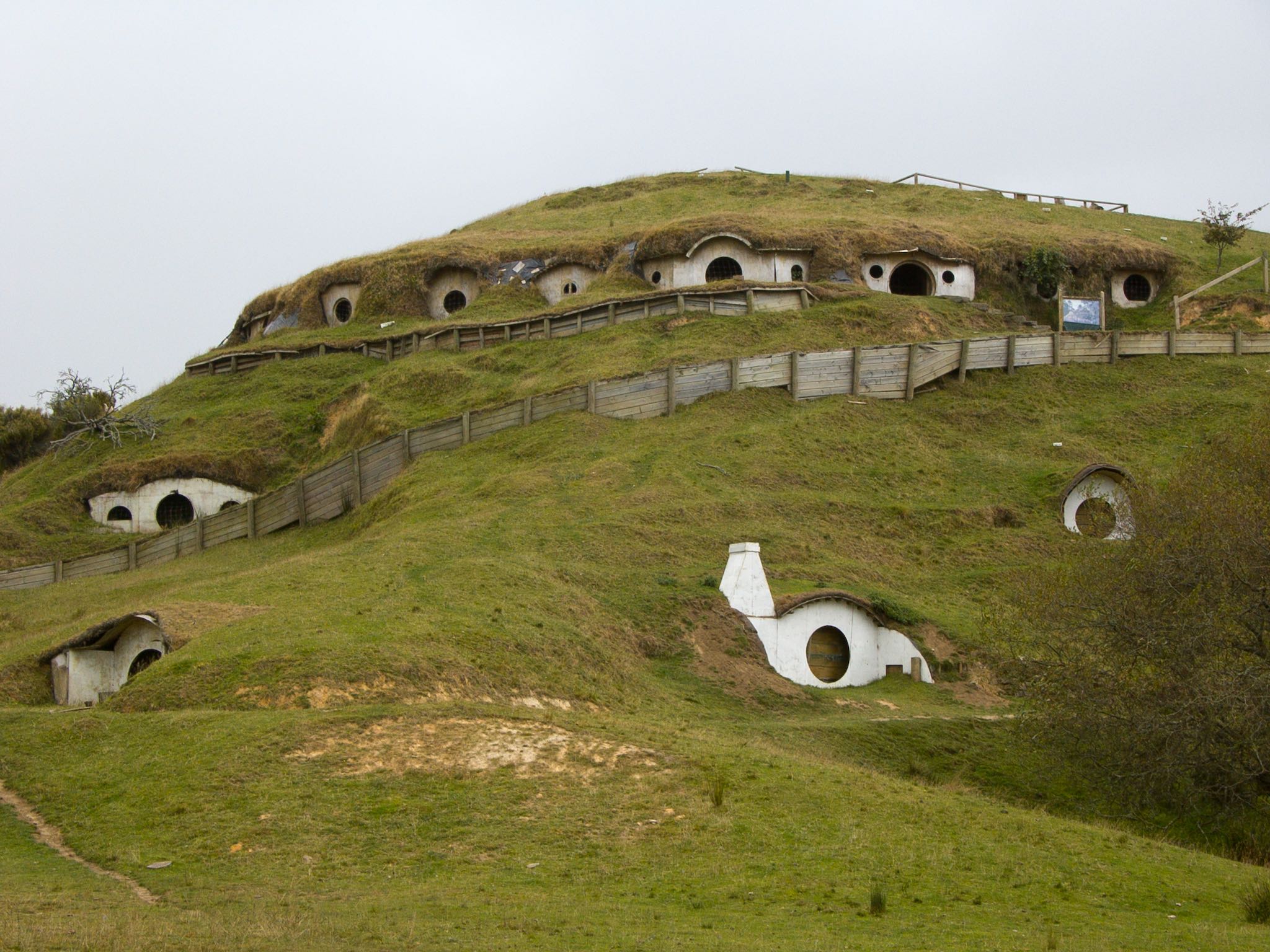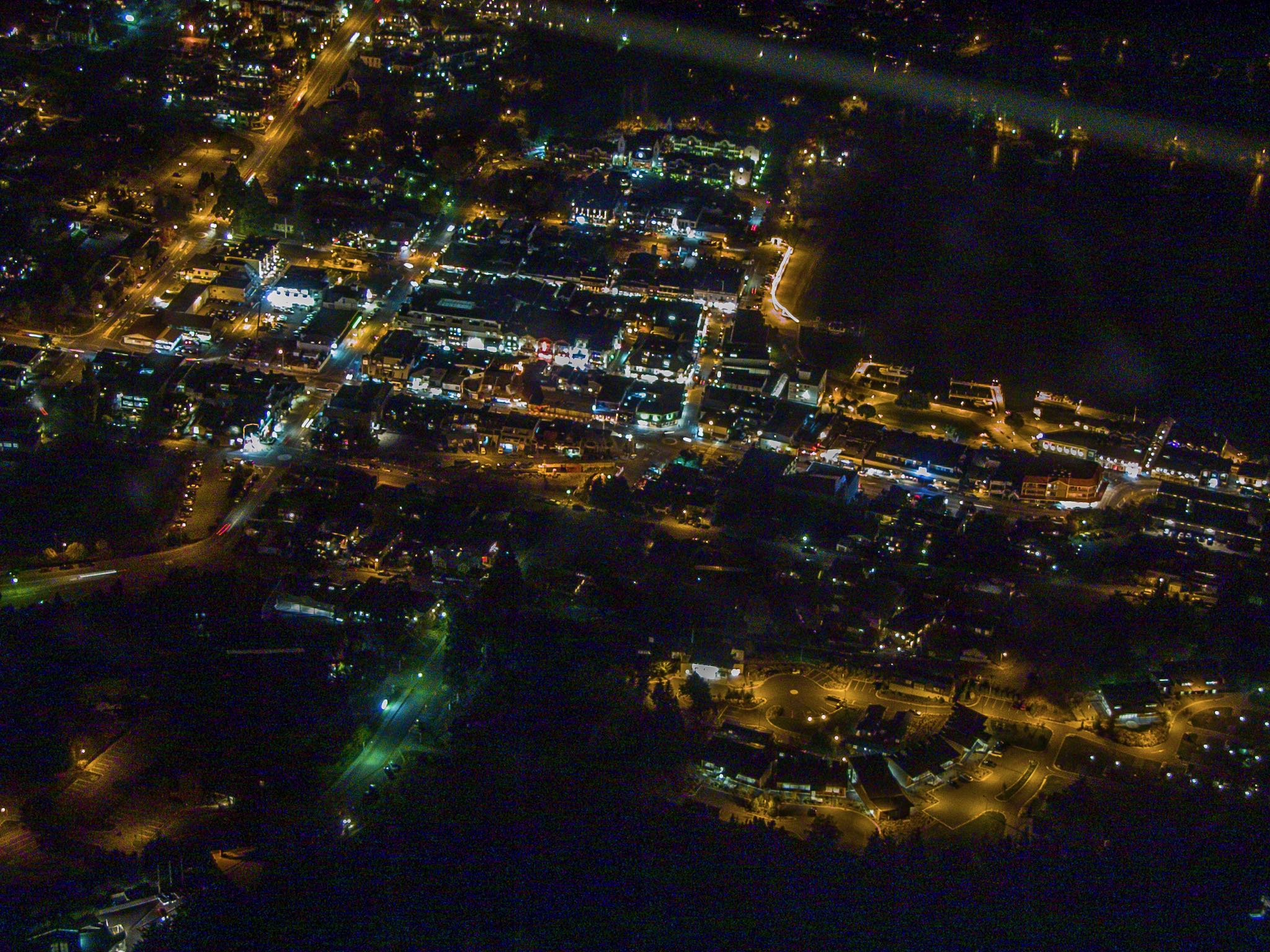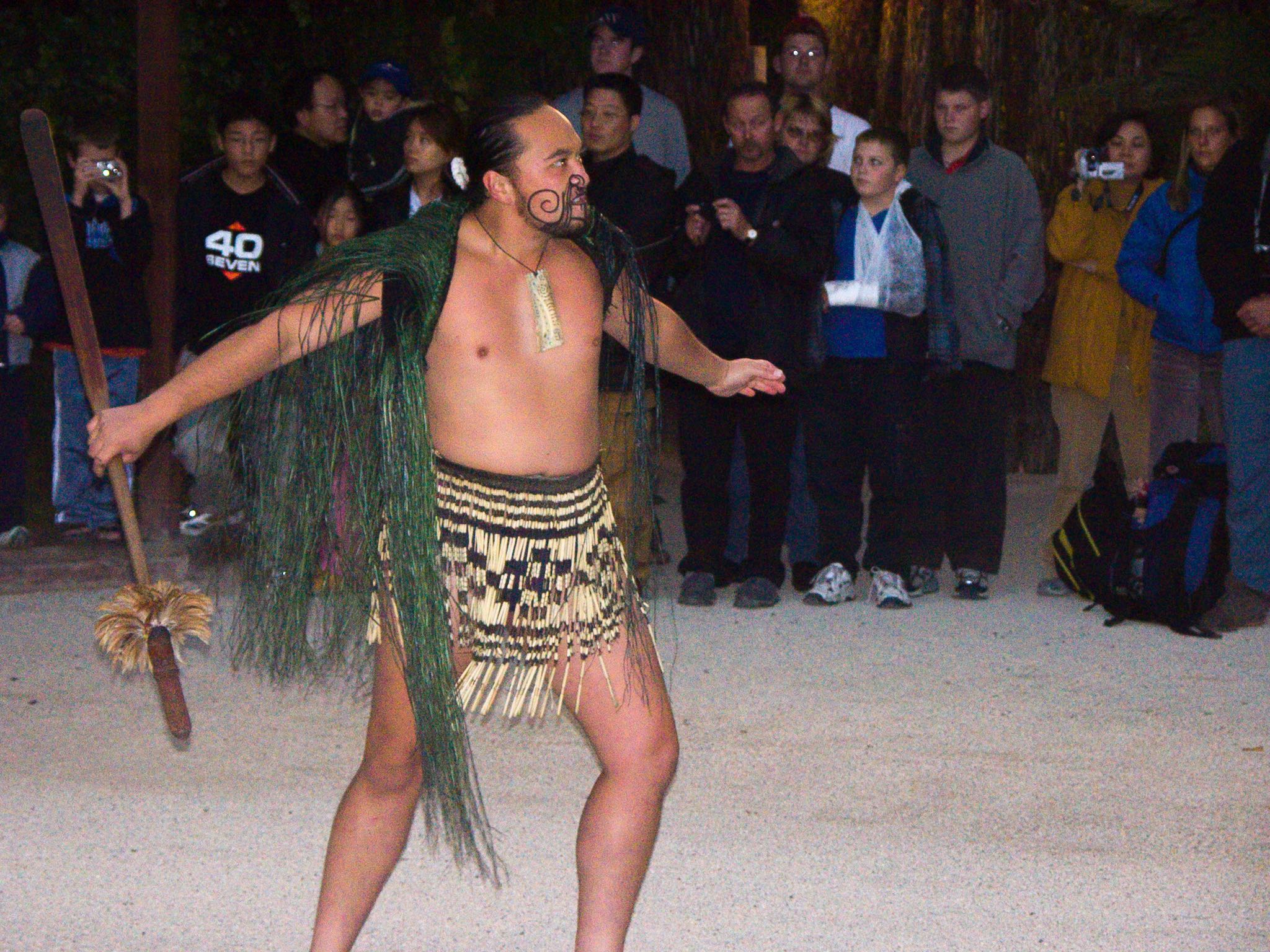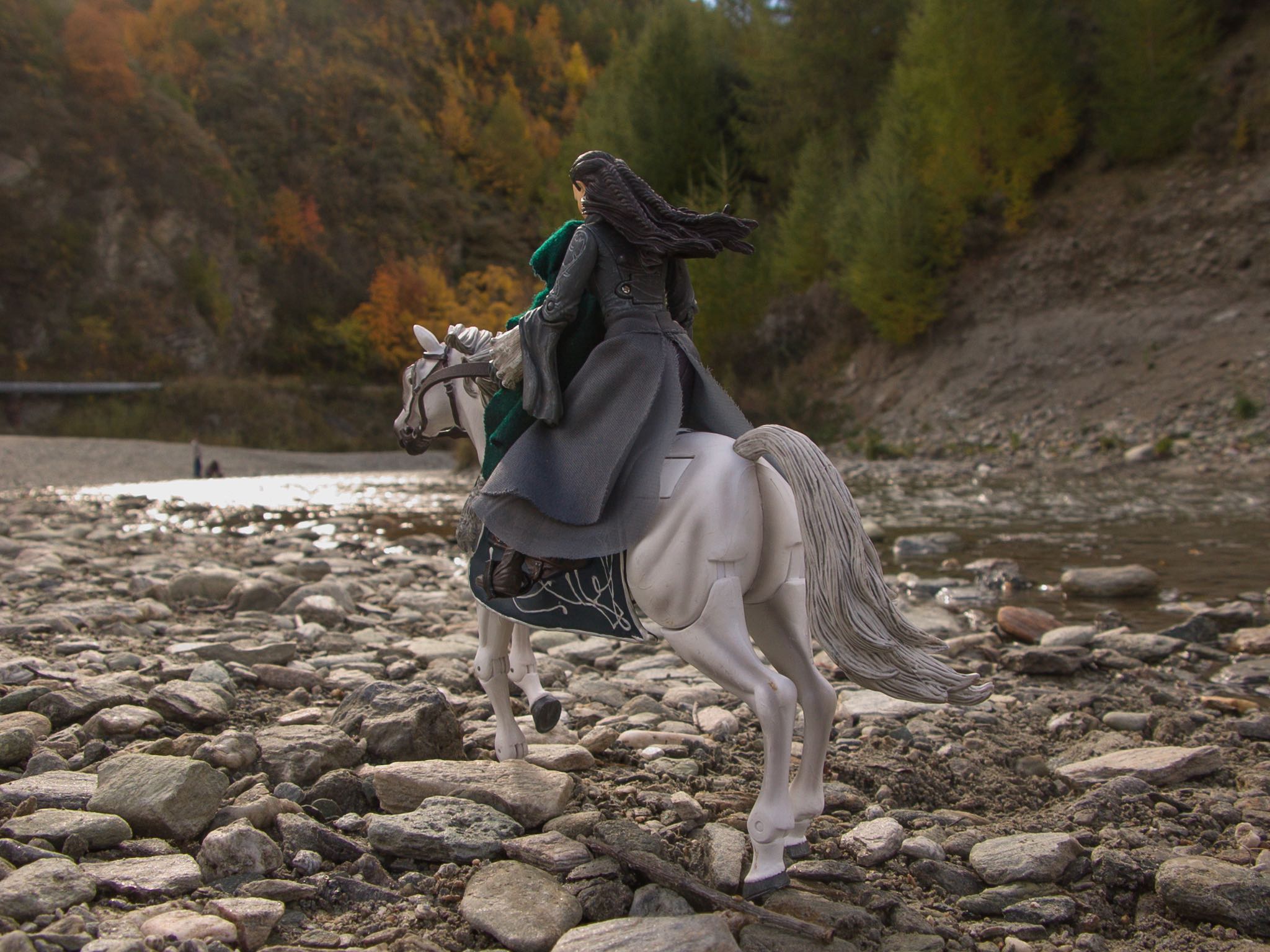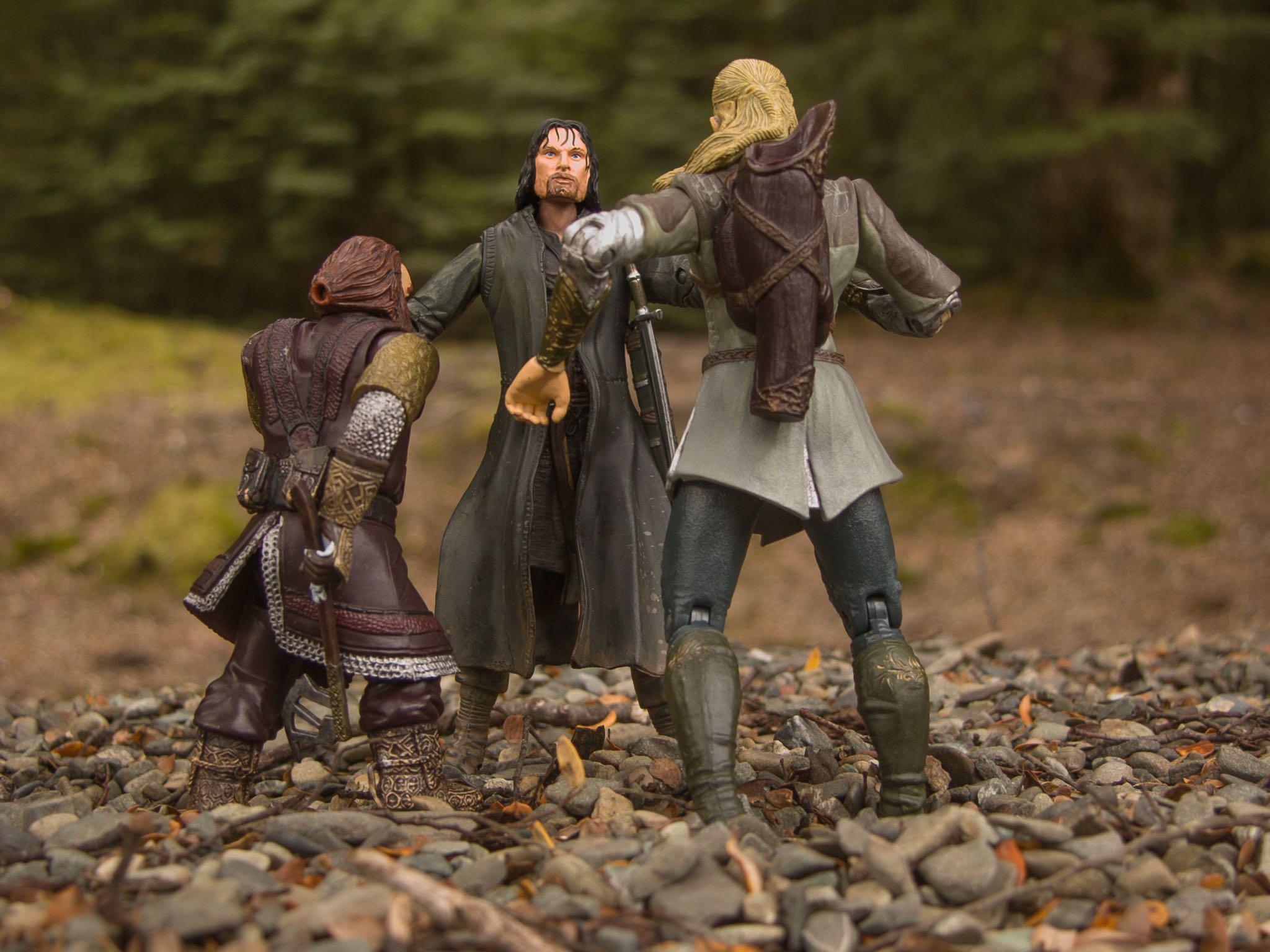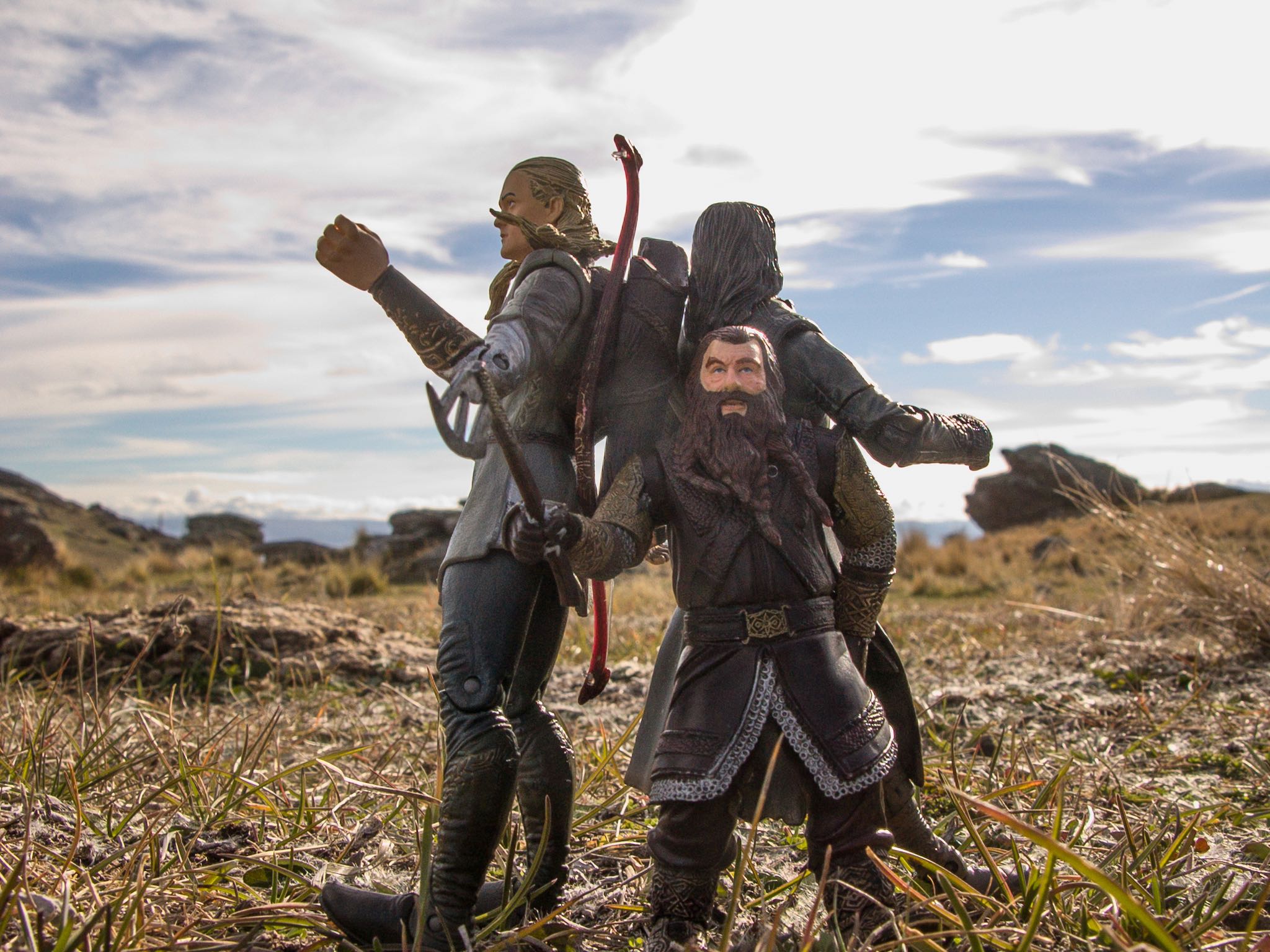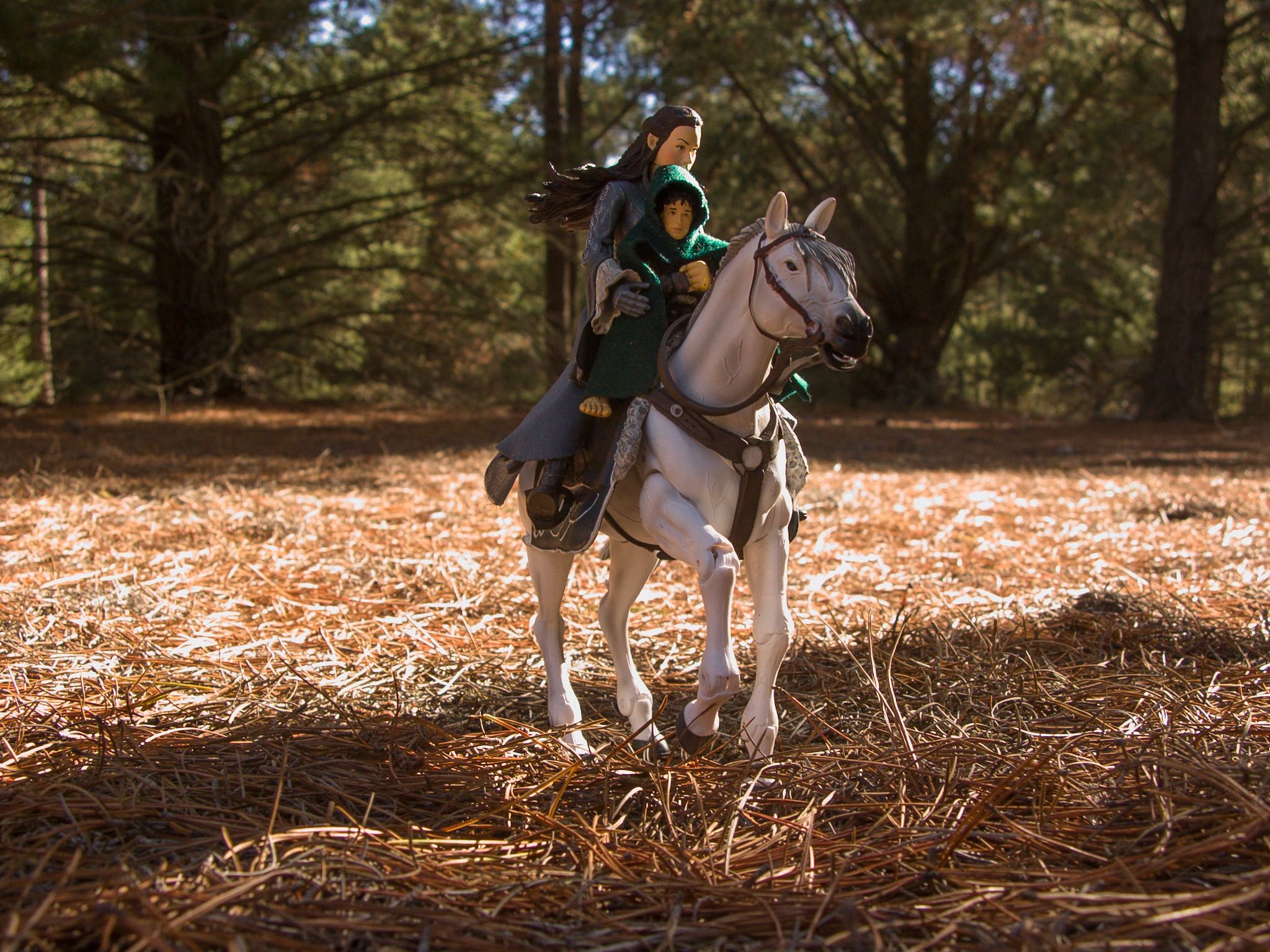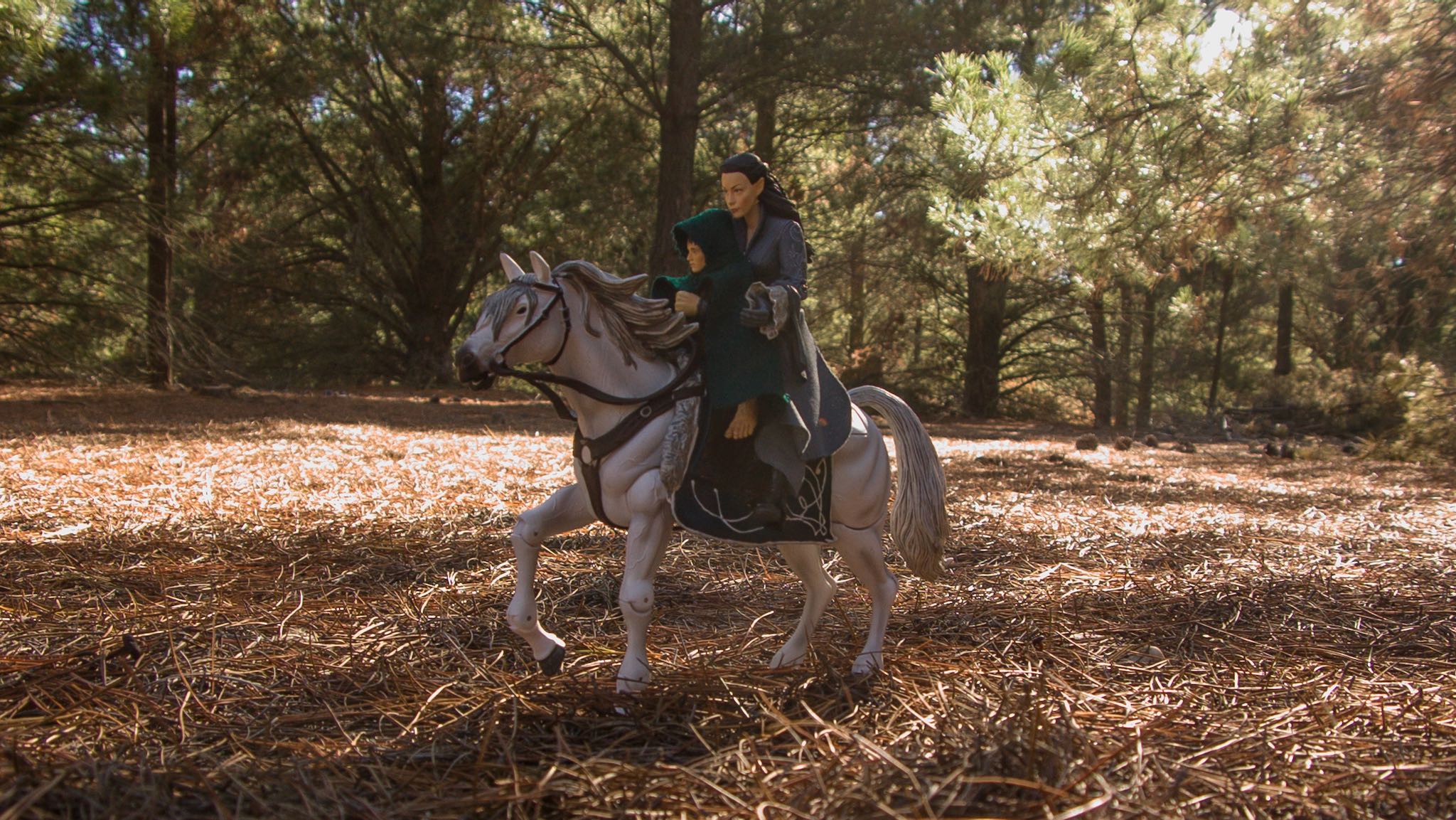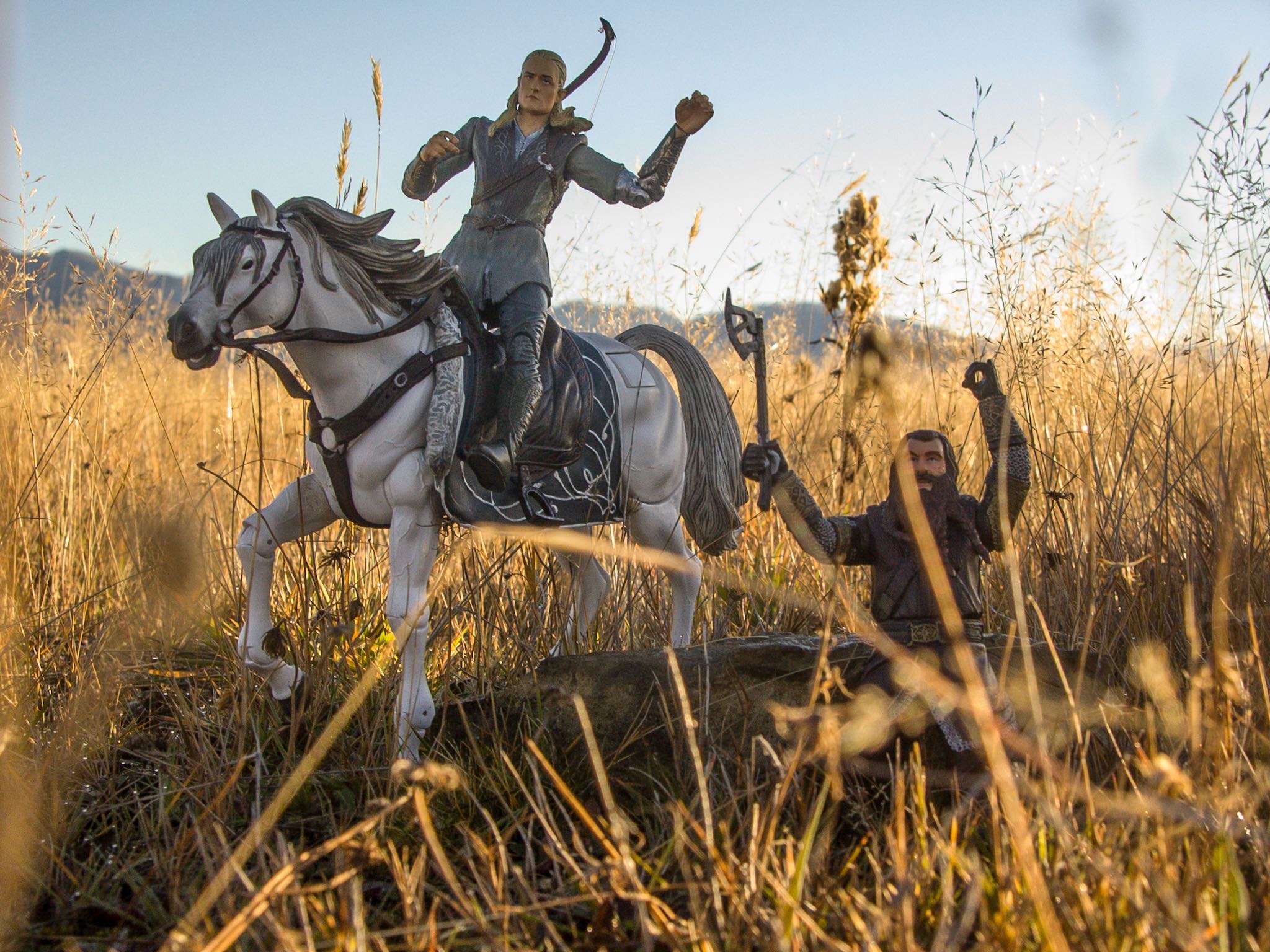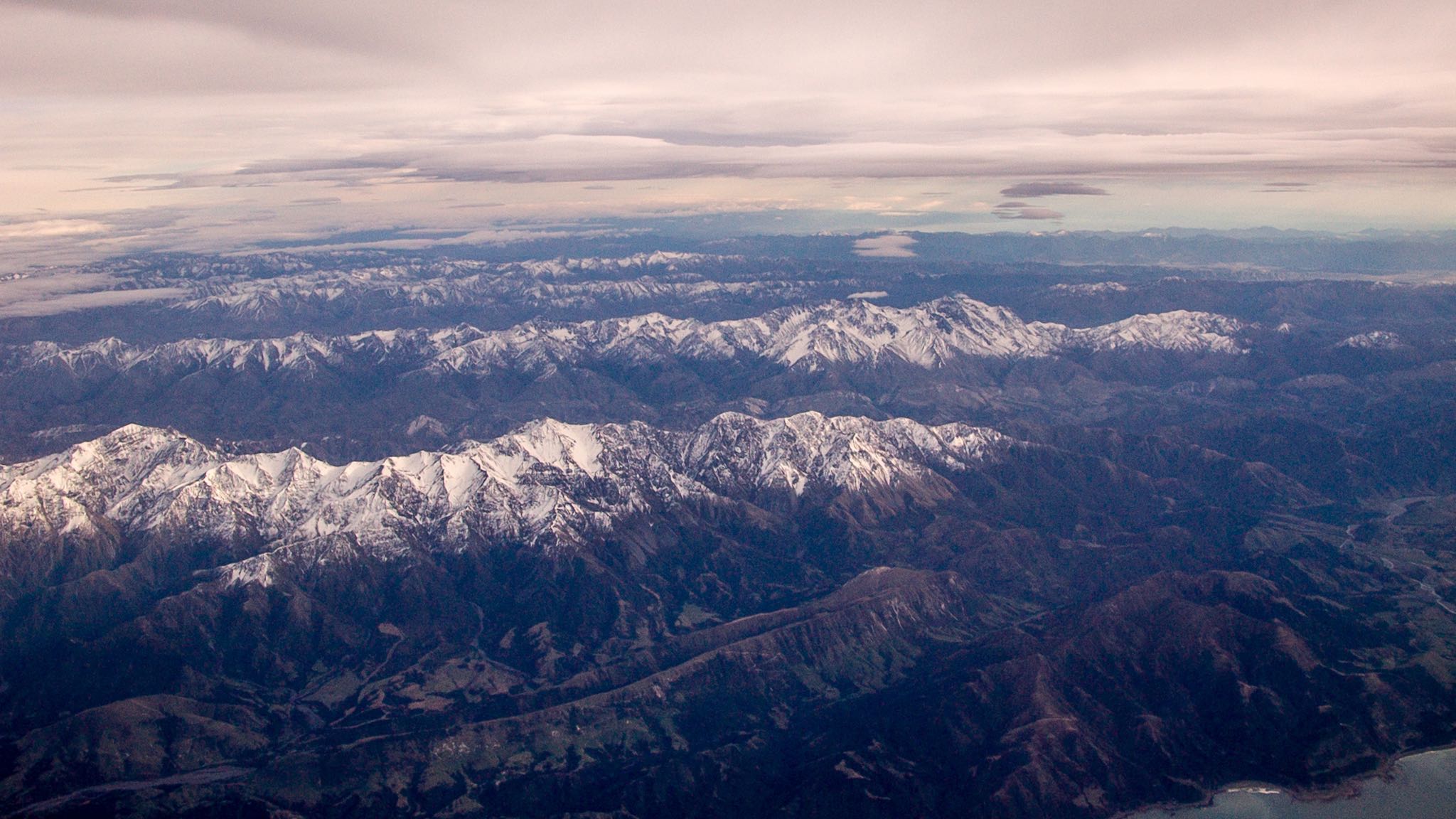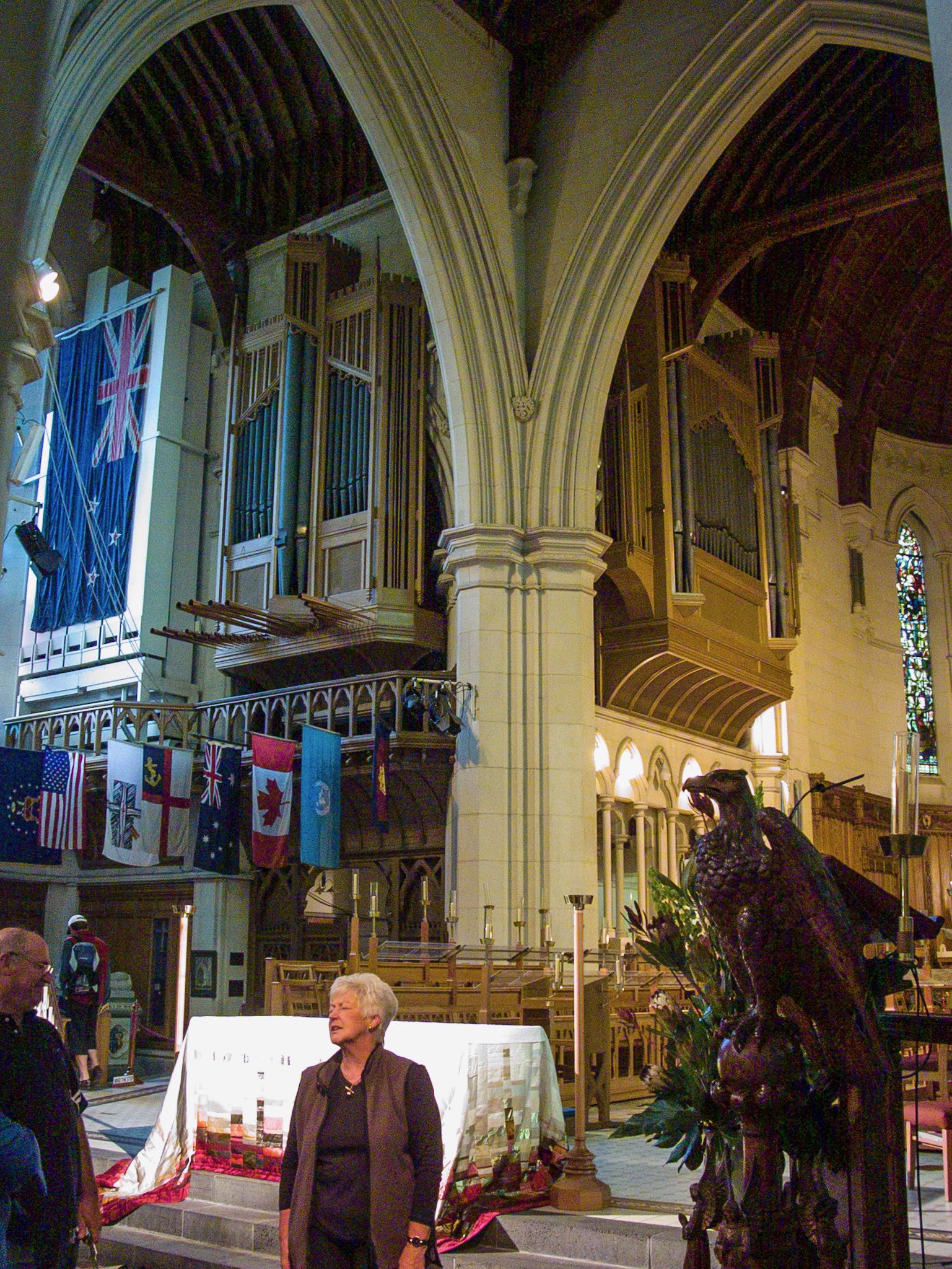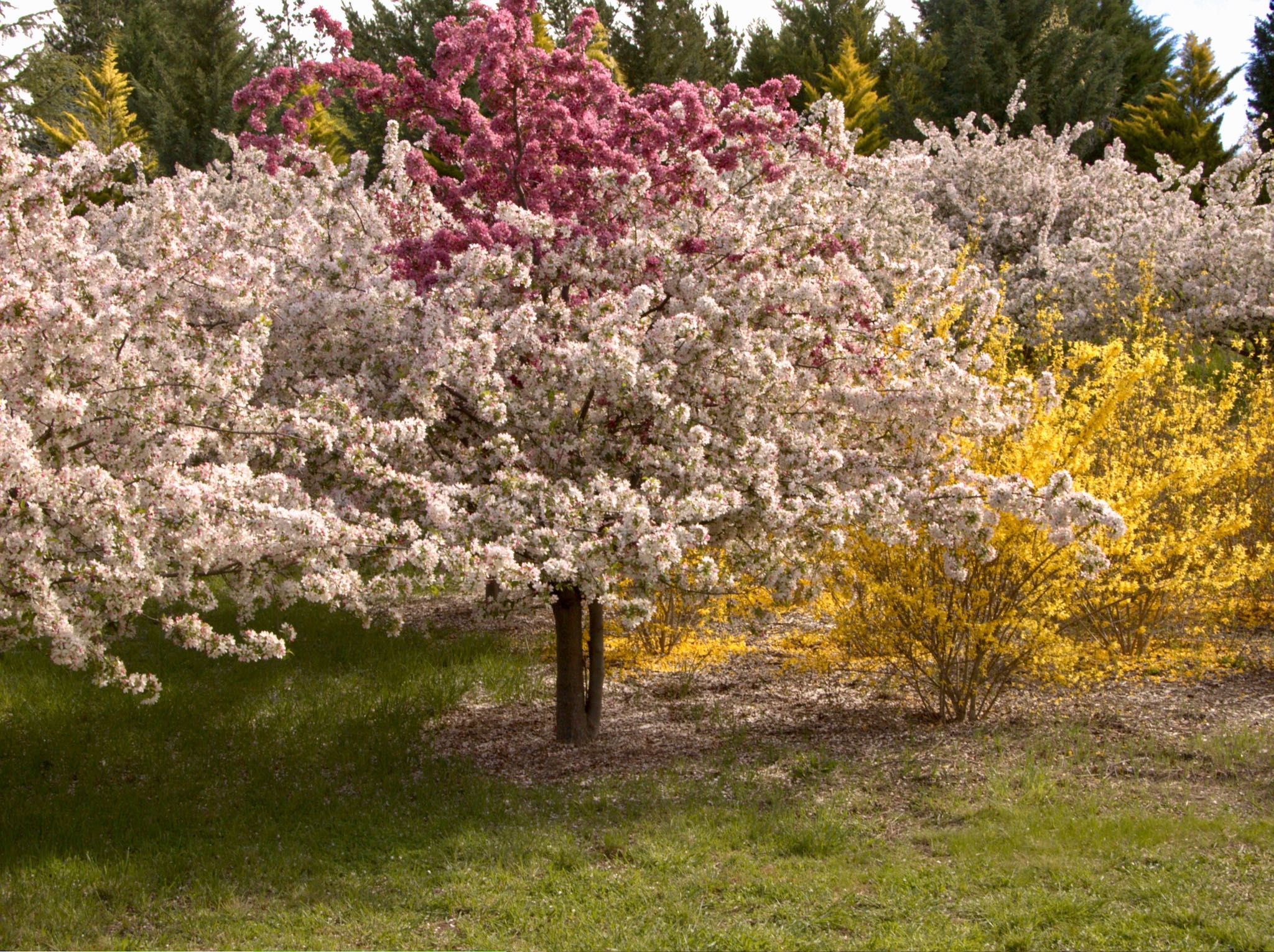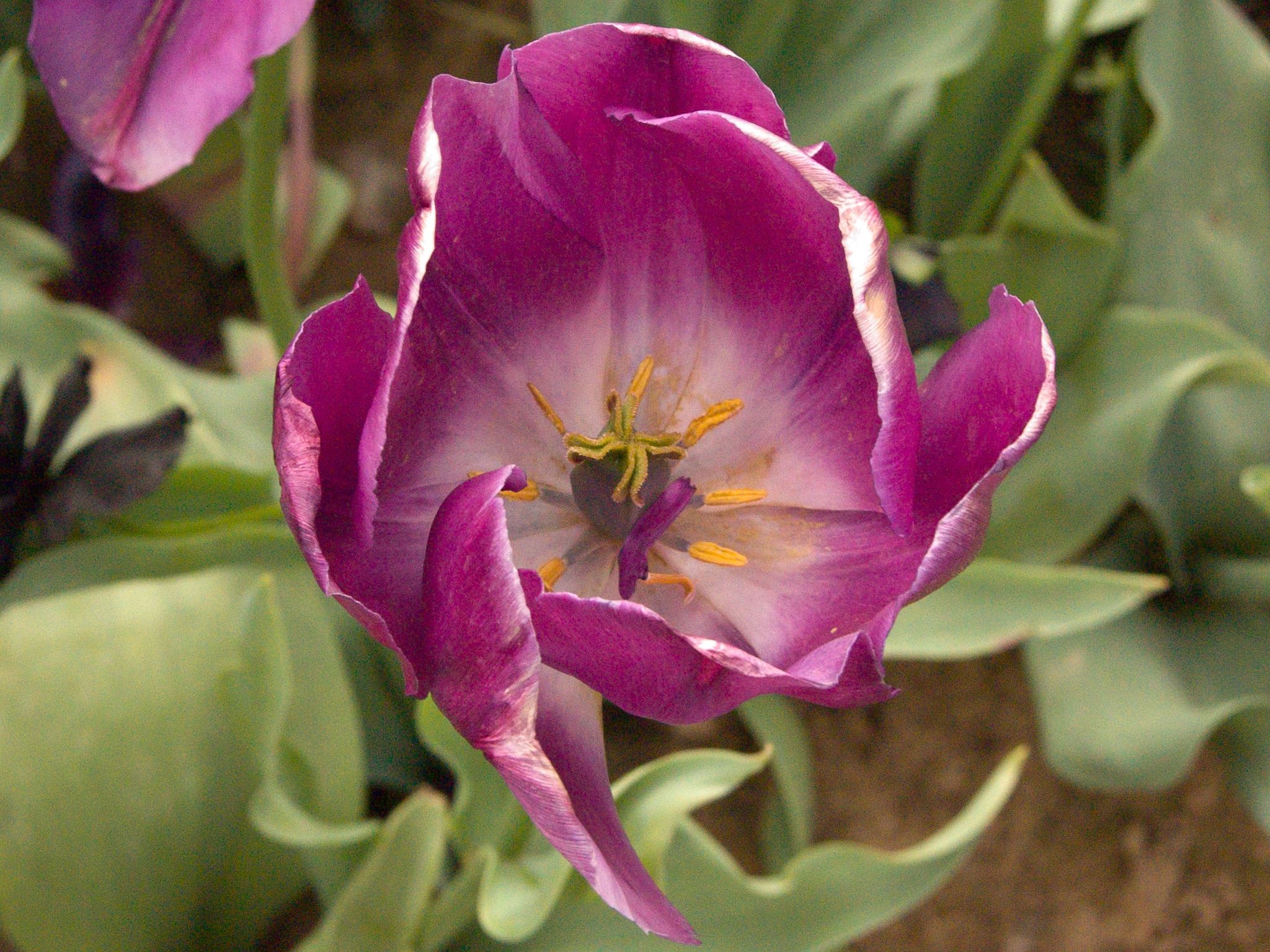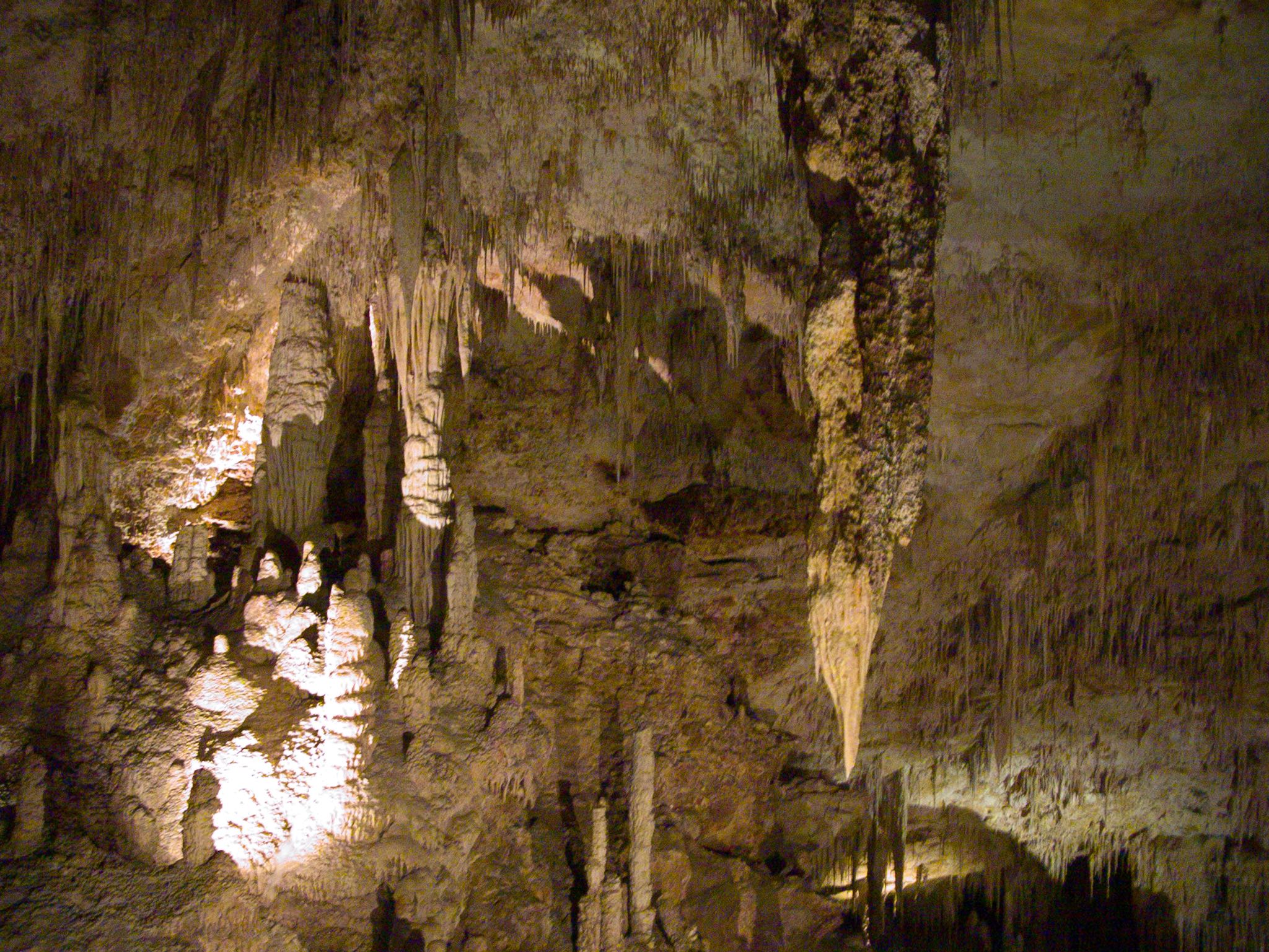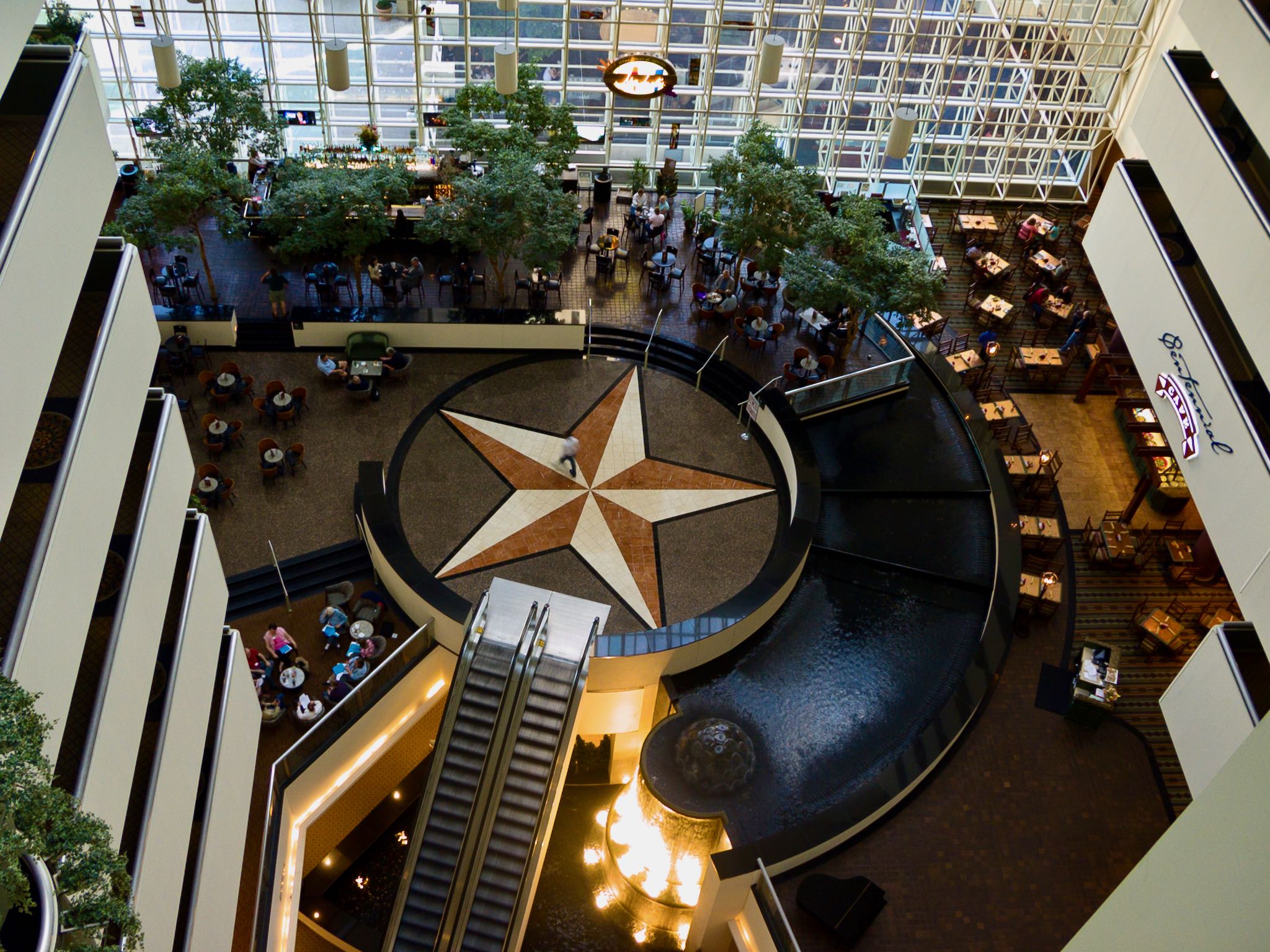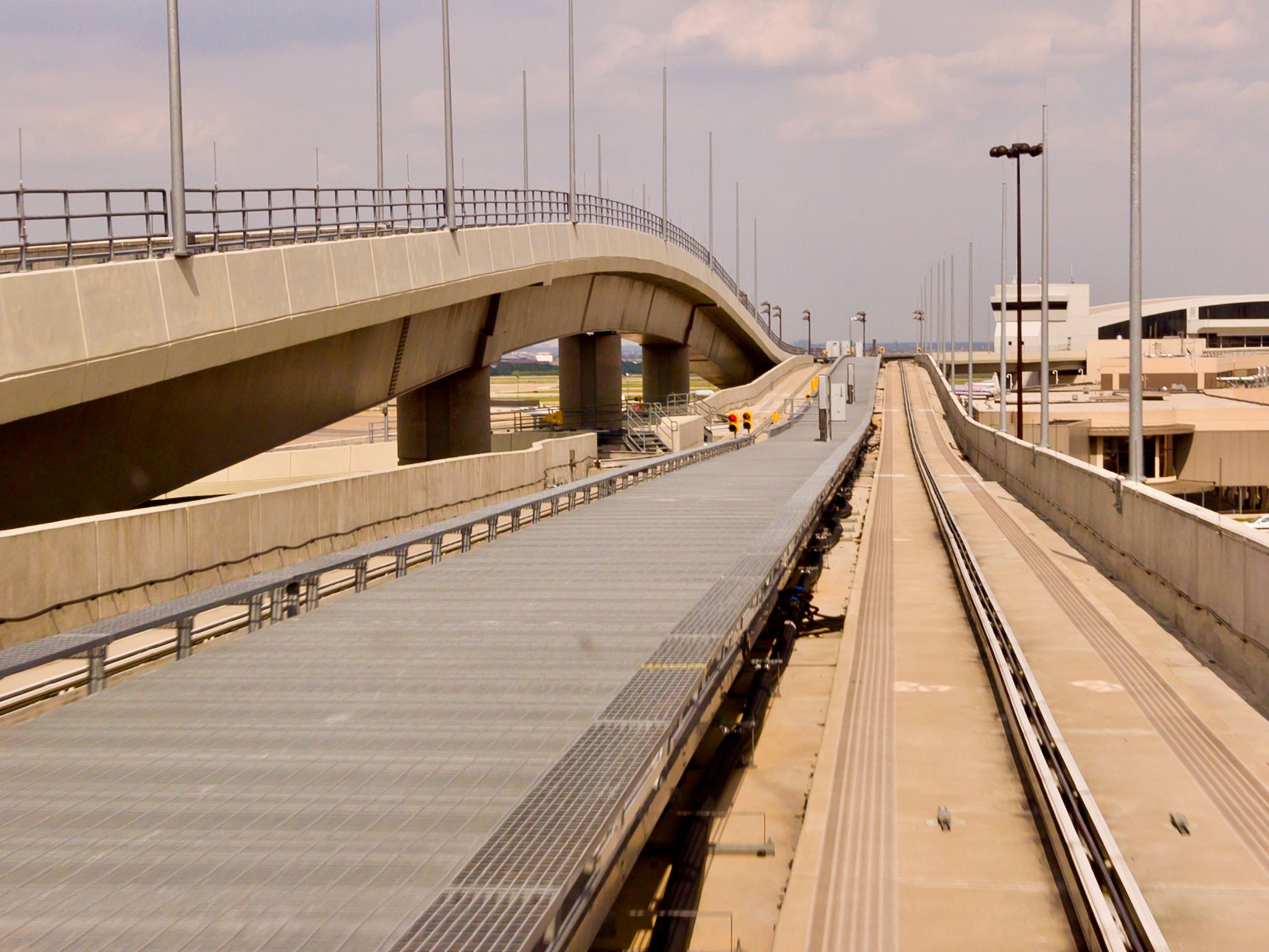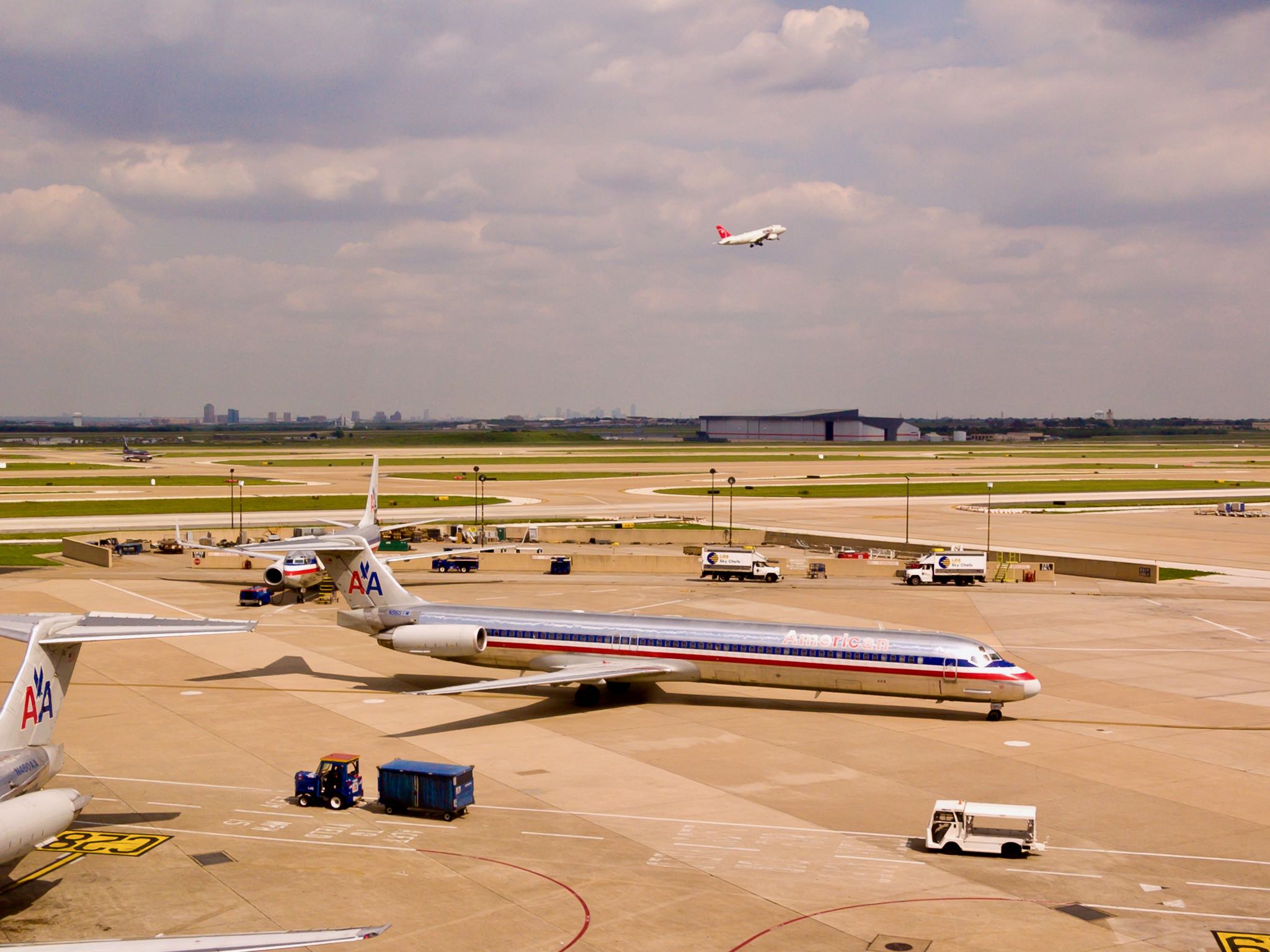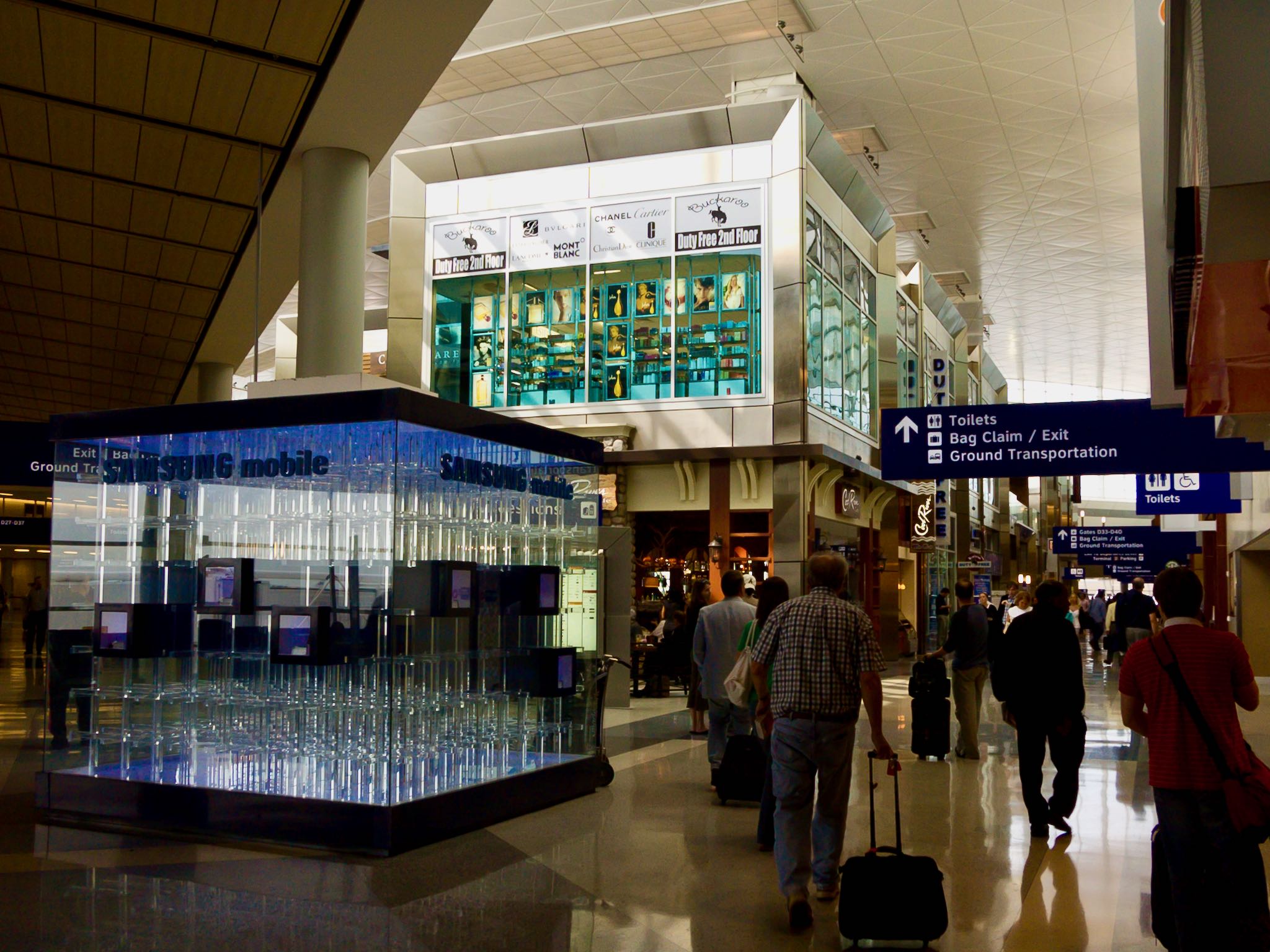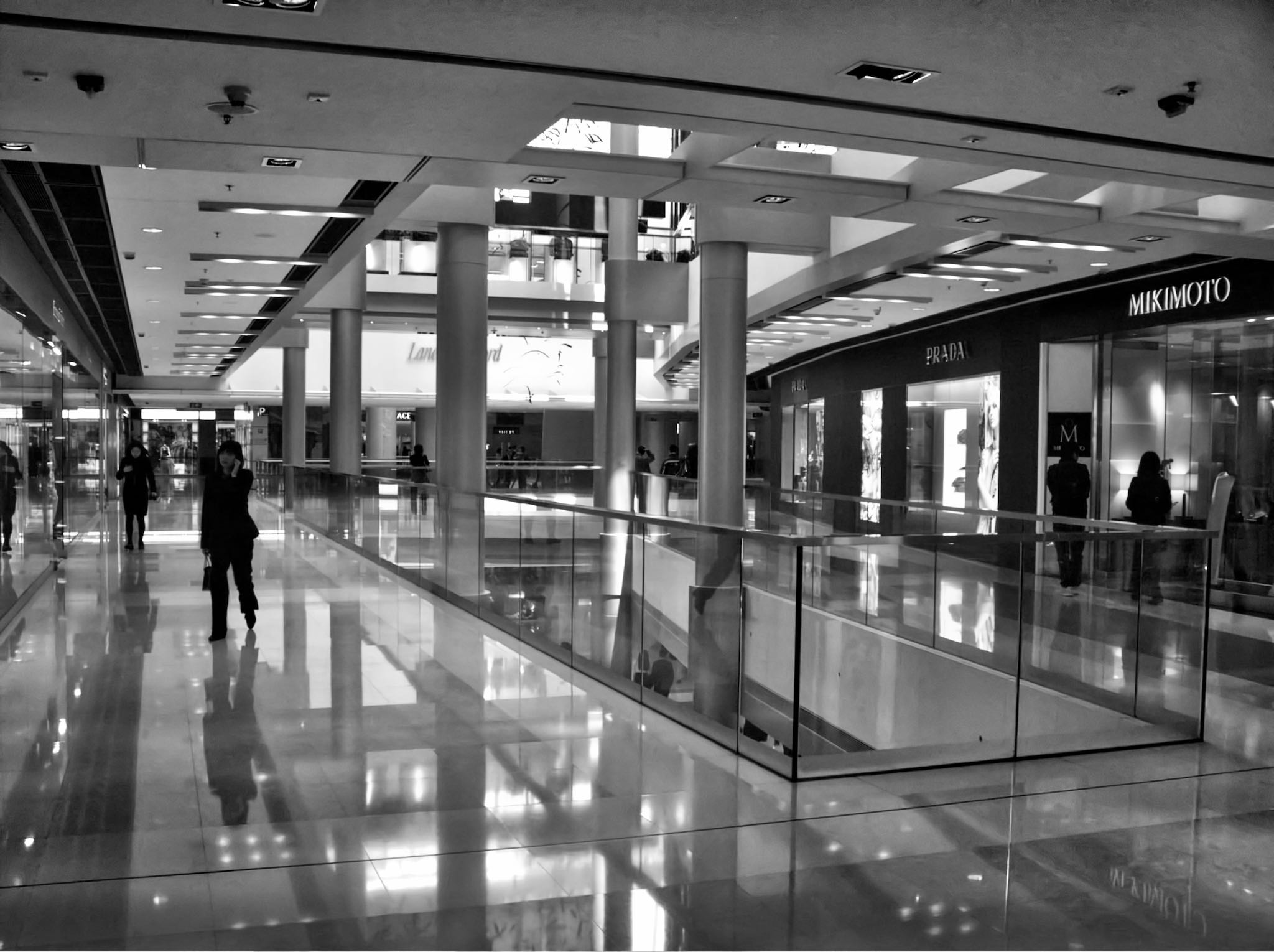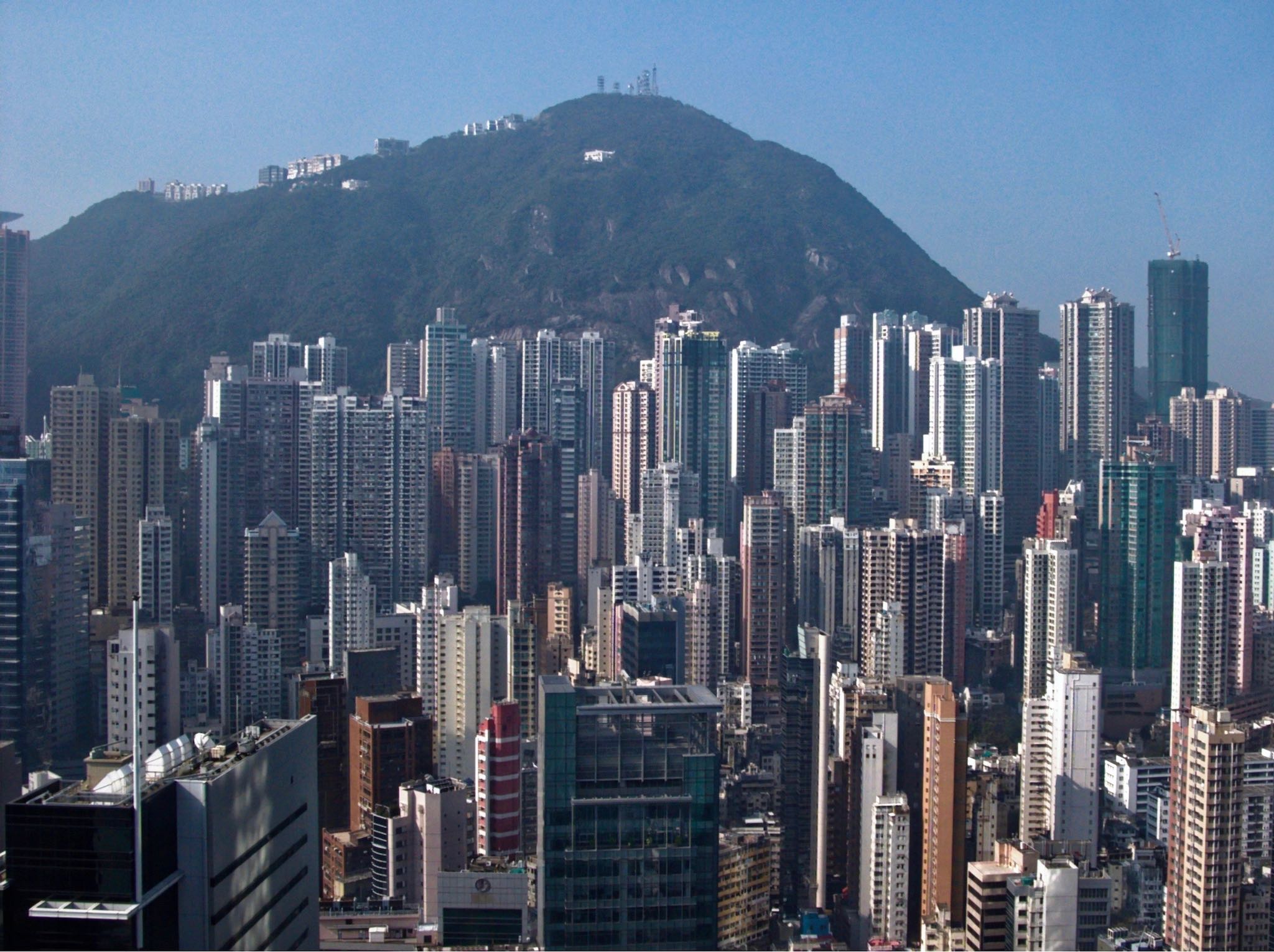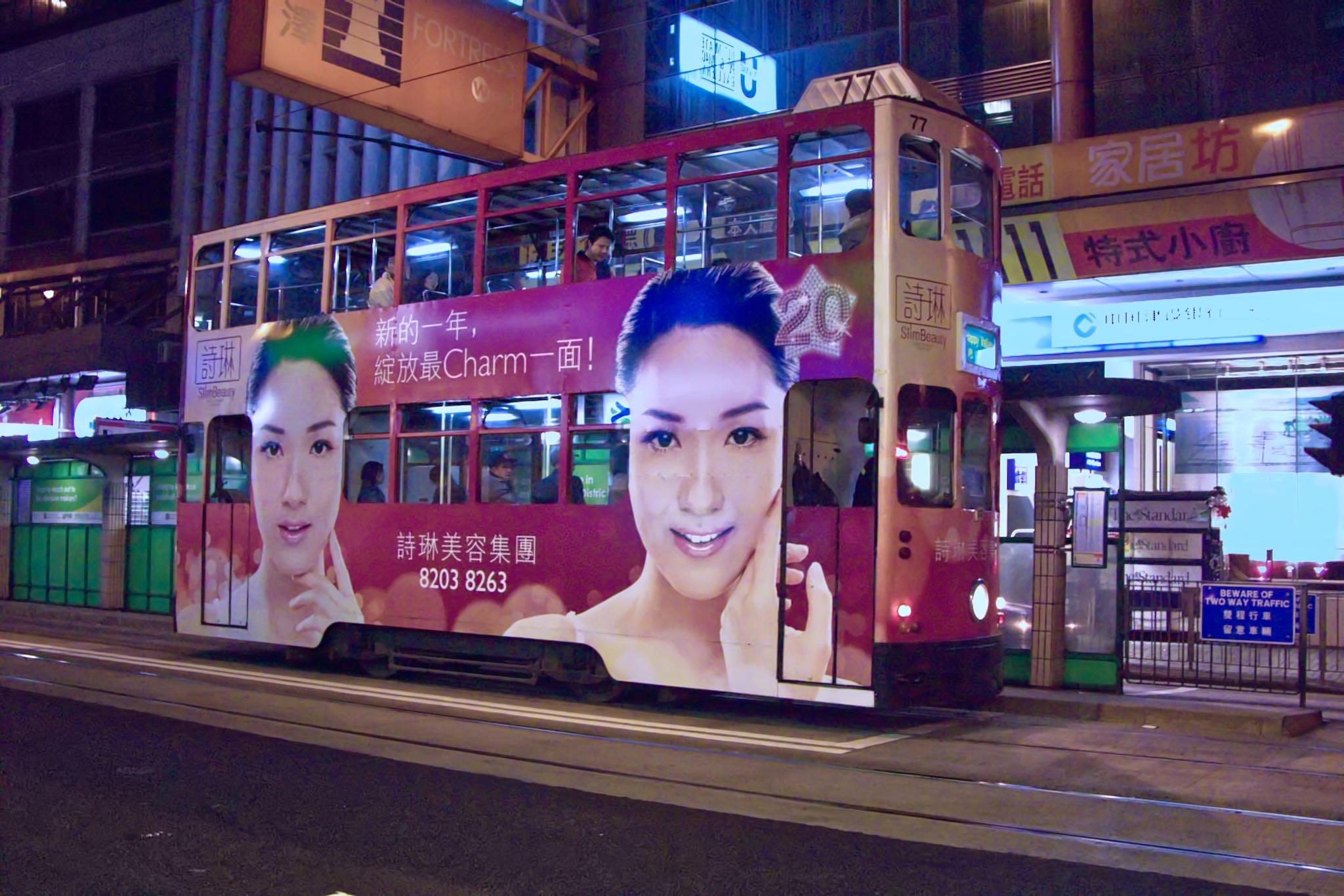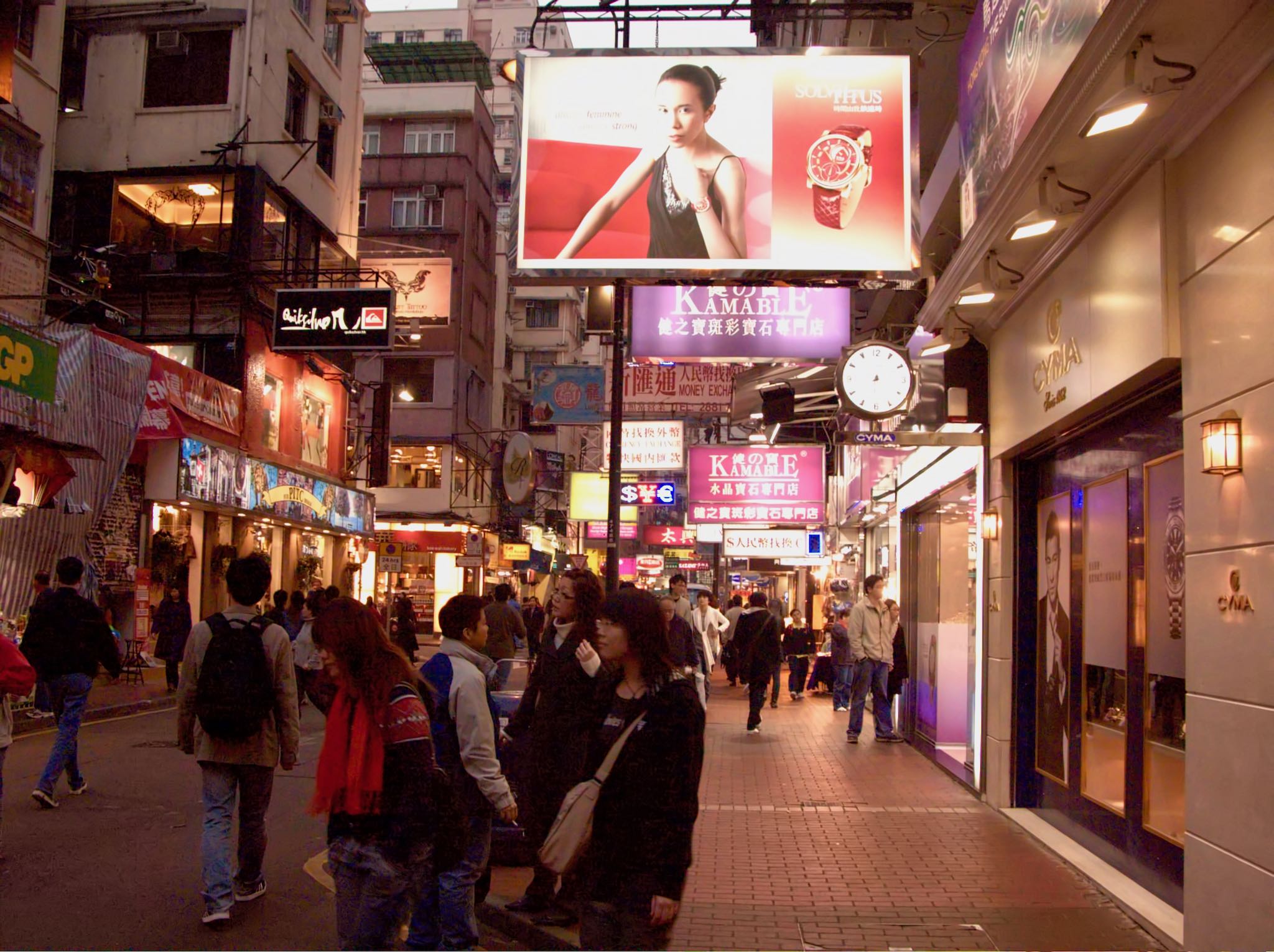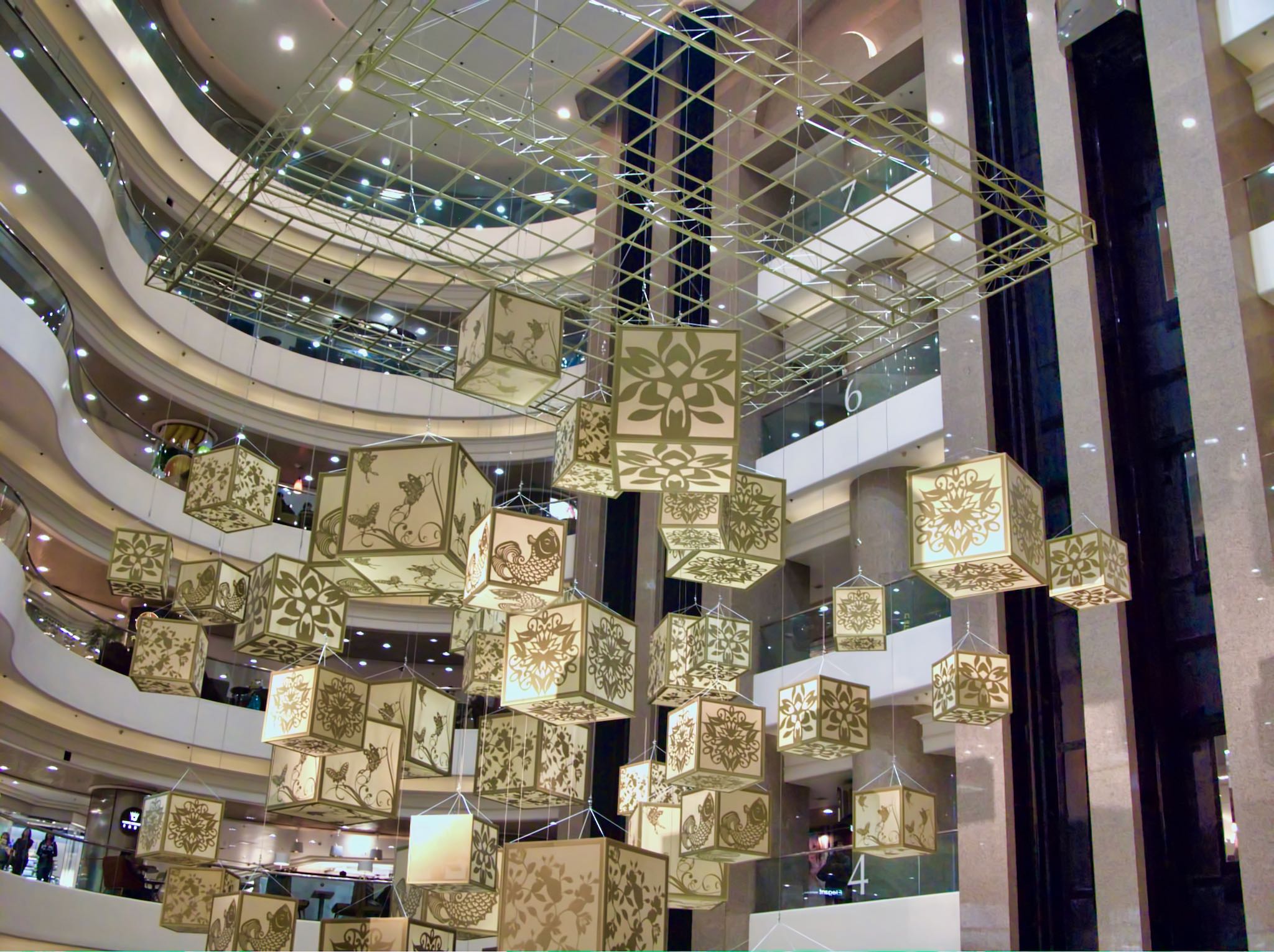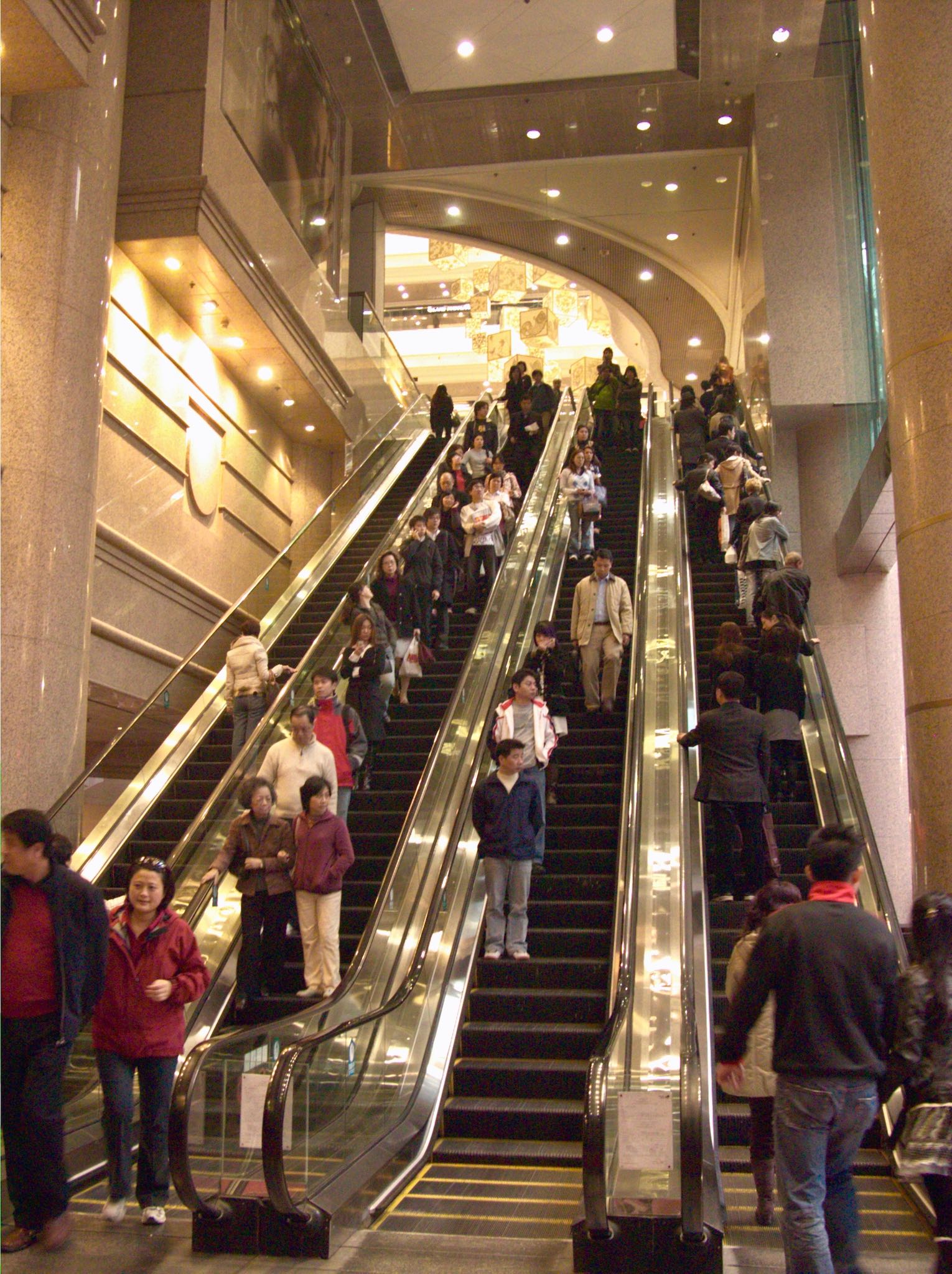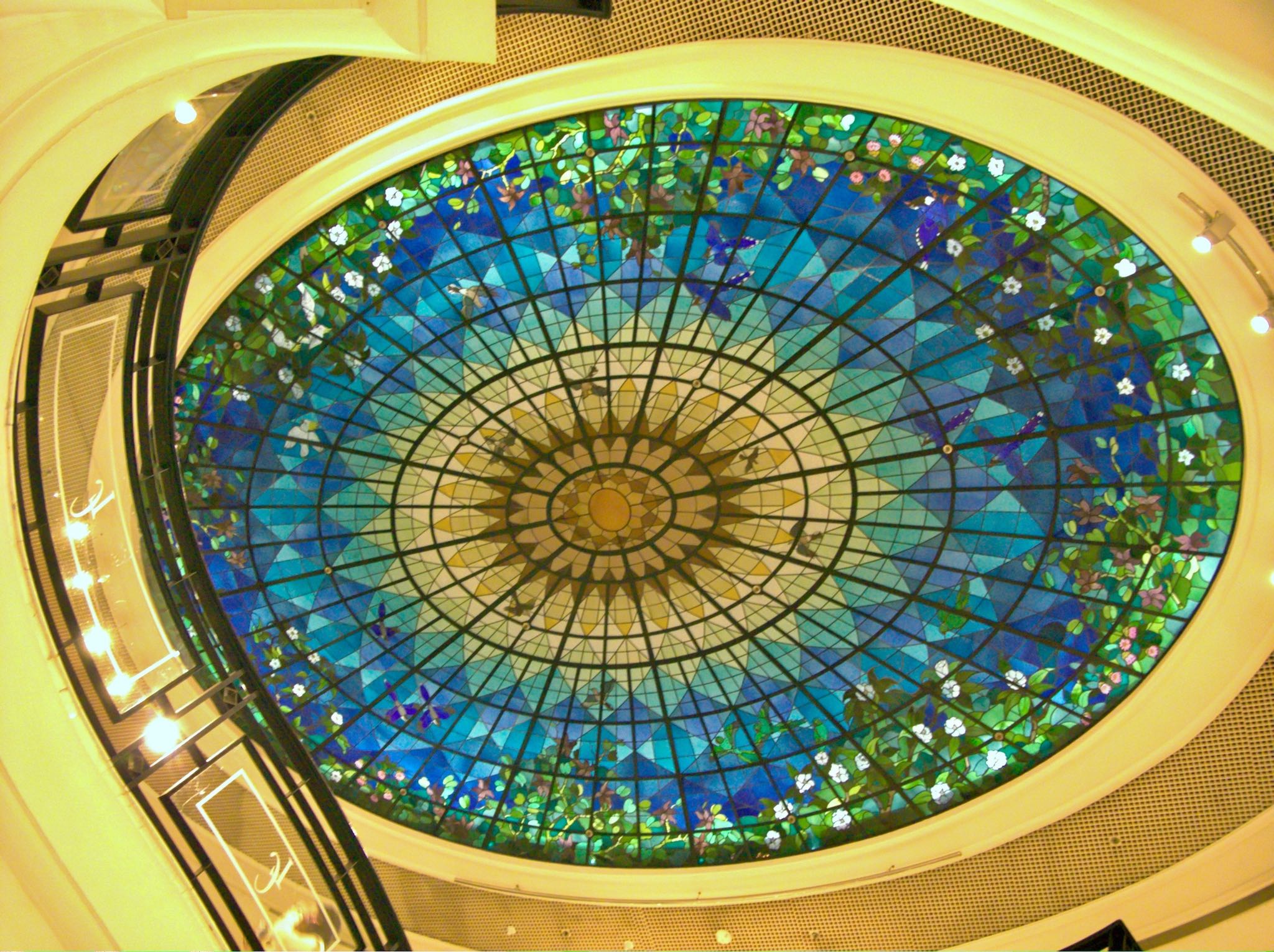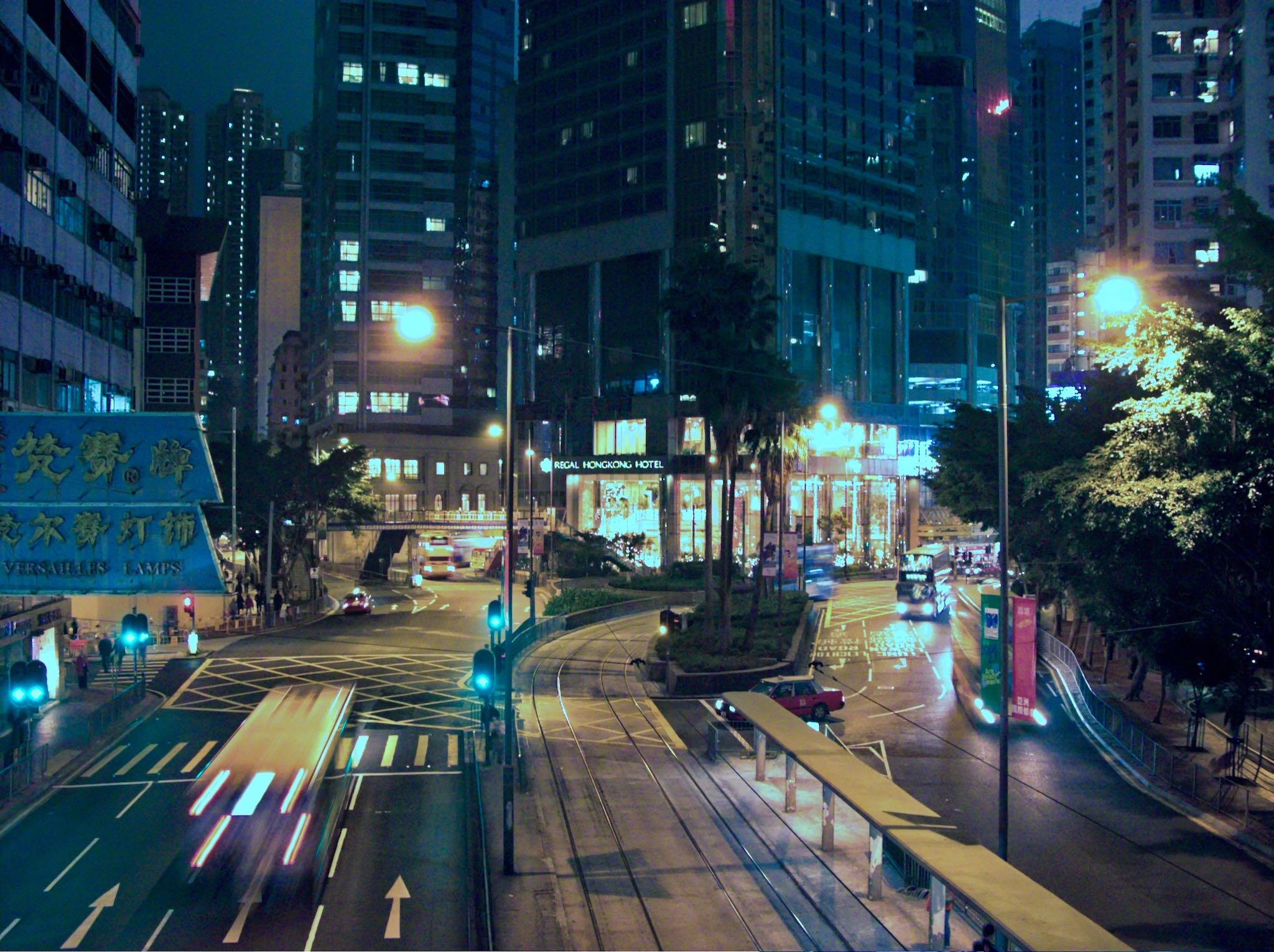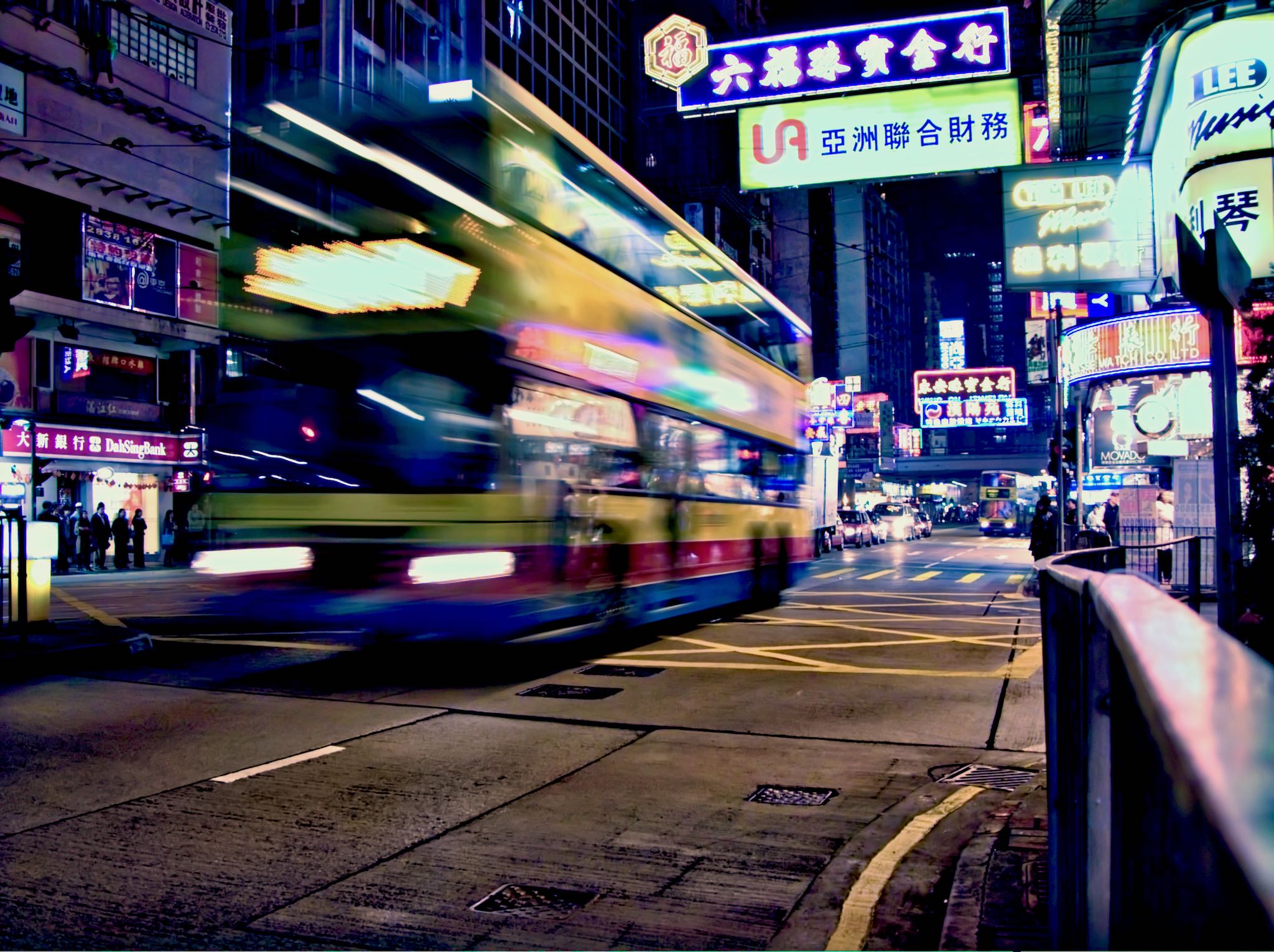Part 2: Nikon Coolpix 5700 (2003-2008)
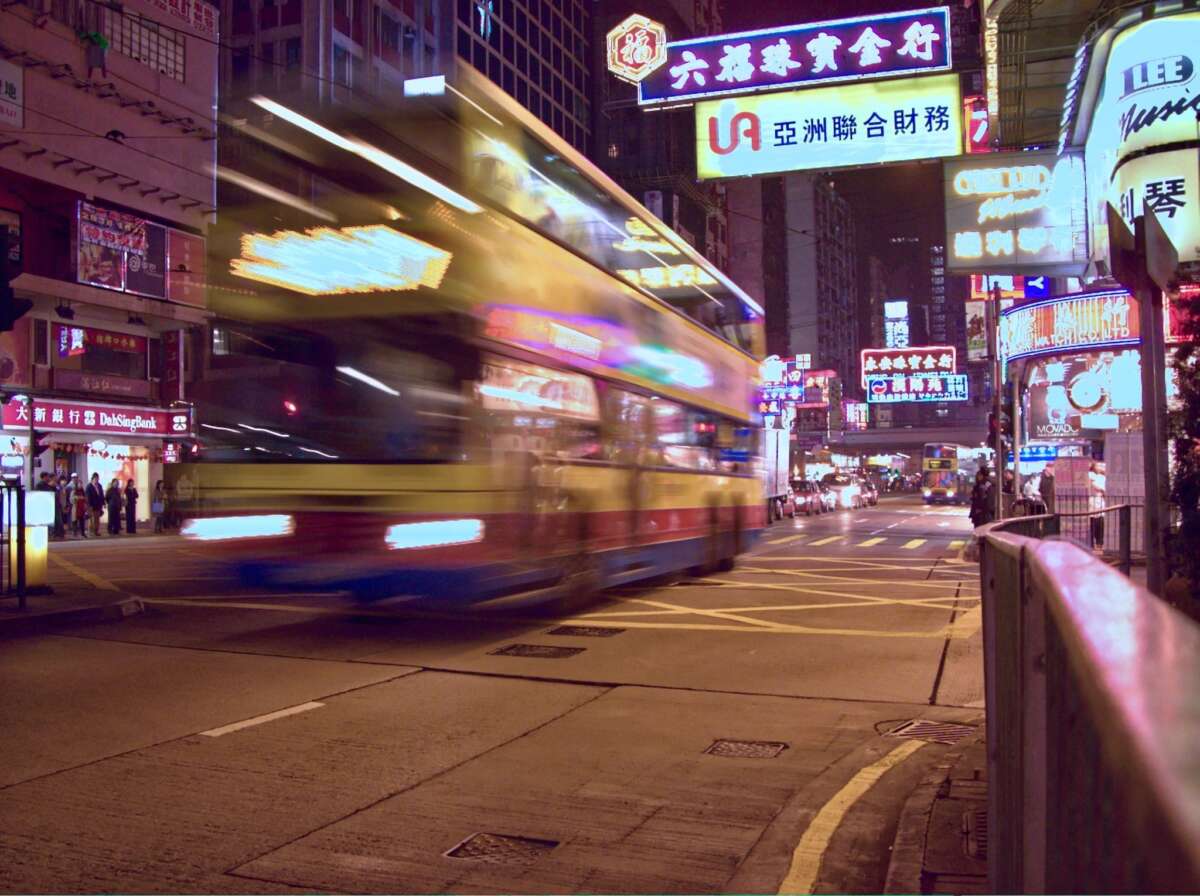
This is part 2 of series of articles celebrating a selection of photographs taken in the last 21 years, from the very first digital camera we purchased in 1999 (a Kodak DC-220) to the current portfolio of cameras that we use daily. In this article, we reminisce on photos taken on the earliest compact super-zoom cameras – the Nikon Coolpix 5700.

Nikon was one of the earliest pioneers of digital cameras, and produced some innovative early models such as the CoolPix 900 with a swivel design that looked like a James Bond gadget. By 2002, Nikon announced their most ambitious and advanced camera yet, the striking Coolpix 5700, and I knew I had to buy it.
Specifications
It can be difficult to imagine how mind-blowing the features of the Coolpix 5700 were, with today’s standards. It has 5 megapixels of resolution, an 8X optical zoom lens (full frame equivalent of 35-280mm), an electronic viewfinder (EVF), ISO up to 800, shutter speeds as fast as 1/4000 second, a fully articulating LCD display, will capture movies and RAW images, and has advanced auto focus modes, with full PASM modes. All in a small 0.5 kg package that can be carried anywhere. Of course, it cost well over A$2,000, but that was the price you paid for a digital camera in those days.
This camera produces brilliant low noise images that will hold up well even today and better than any smartphone I can think of (if we ignore the significant post-processing and computational photography embedded in a lot of smartphones today).
Here are the full specifications:
| Lens | Optical zoom with full-frame equivalent of 35-280mm (crop factor 3.9) |
| Digital zoom | 4x (in addition to optical) |
| Aperture | f2.8-4.2 (min aperture f7.4-8.0) |
| Sensor | 2/3″ (~ 8.8 x 6.66 mm) CCD CYGM |
| ISO | 100-800 (Auto 100-400) |
| Resolution | 2560 x 1920 |
| Focus | Contrast detection (5-area Multi AF or Spot AF) Normal focus: 50 cm – Infinity (19.7 in – Infinity) Macro: 3 cm – Infinity (1.2 in – Infinity) |
| Viewfinder | Electronic Viewfinder (EVF) 180,000 pixel (coverage: 97%) |
| Shutter Speed | 8-1/4000 seconds (Bulb max 5 mins) |
| White Balance | Automatic plus 5 adjustable presets |
| Exposure Compensation | ±2 EV range, in 0.3 EV steps |
| Metering | 256-segment Matrix Center-Weighted Average Spot Spot linked to AF area |
| Image Format | Raw (NEF) 12 bit, TIFF 8 bit, JPEG (EXIF 2.2) |
| Video Format | MPEG 15fps 60 seconds max |
| Flash | Built in (auto popup) plus hotshoe (ISO 518) |
| Flash range | Wide: 0.5 – 4.0 m Telephoto: 0.5 – 2.8 m |
| Flash modes | Auto, Fill, Slow-sync, Red-Eye reduction, Off |
| Flash compensation | +/-2 EV in 0.3 EV steps |
| Shooting Modes | single, continuous (H and L), 3 or 10-sec timer delay, Multi Shot 16, Ultra High Speed Continuous Timelapse (with remote) |
| Continuous Rates | Continuous H: 3 fps, max 3 images (5 mp FINE) Continuous L: 1.5 fps, max 8 images (5 mp FINE) Multi-shot 16 (3 fps, 16 frames on one image) Ultra High-speed Continuous (QVGA; 30 fps, max 100 images) |
| Display | 1.5″ TFT LCD 110,000 pixels (flip out and twist) |
| Storage Format | CompactFlash (16MB card supplied) |
| Interfaces | USB 1.1, audio/video out, DC input (power) |
| Battery | Nikon EN-EL1 Lithium-Ion rechargeable battery (included) 2CR5 / DL245 Lithium Optional battery pack: (6 x AA batteries) |
| Size | 108 x 76 x 102mm |
| Weight | 512g |
As you can see, some of the features (such as the Ultra Fast continuous mode for 30 fps for 100 images) are advanced even by today’s standards. In addition, the camera includes exposure and white balance bracketing, noise reduction and other image processing functions.
New Zealand (2004)
One of the first places I took the Nikon 5700 is to New Zealand on a tour to visit locations where the movie series Lord of the Rings was filmed.
As you can see from the following photos, the camera works well for travelling, with a wide dynamic range that is similar to modern cameras. The CYGM CCD sensor gives a colour rendition that is slightly different from today’s sensors, which tend to be CMOS RGBG.
The low light capture of the camera is surprisingly good, despite the inability of the camera to capture ISO above 800. CCD sensors tend to be much more tolerant than CMOS sensors.
The camera is capable of capturing macro images beautifully, with pleasing bokeh, as can be seen in these images of Lord of the Rings action figures arranged to replicate famous scenes from the trilogy at the film locations.
The camera provides good contrast even for images taken from a plane window. These are two images of the New Zealand South Island Alps.
Lost in Time
These are some images of Christchurch Cathedral, before it was destroyed by earthquake in 2011.
Floriade 2005
These are some representative images from Canberra’s flower festival, showing the CCD sensor’s ability to capture saturated colours.
Jenolan Caves
These images once again show the camera’s ability to capture low light images handheld.
Dallas 2005
These images, taken on a business trip to Dallas, show’s the camera’s ability to capture pleasing, saturated images in daylight.
These images were taken around the Dallas-Fort Worth International Airport.
Hong Kong 2008
The last set of images I took with this camera were during a business trip to Hong Kong in 2008. Once again, some good examples of low light capture ability, as well as the ability to capture pleasing saturated images indoor and outdoor.
